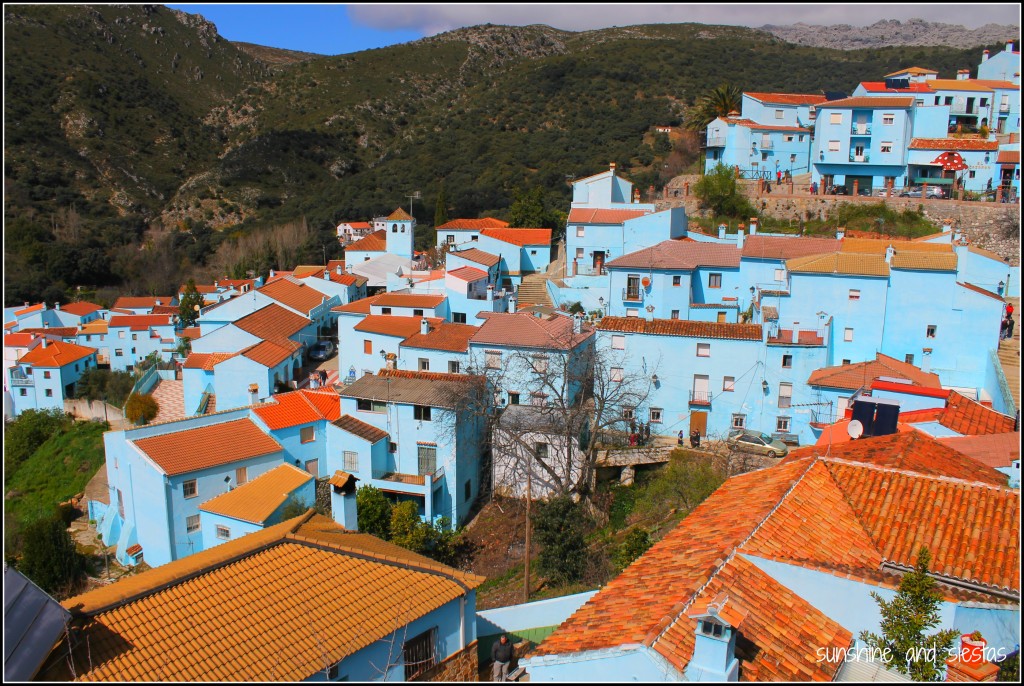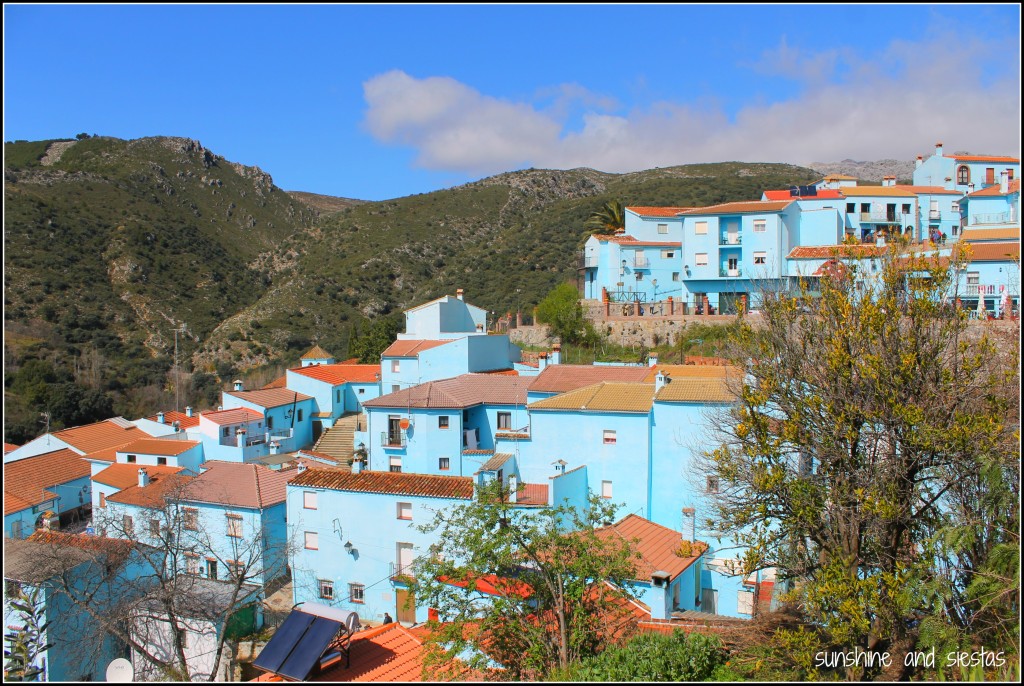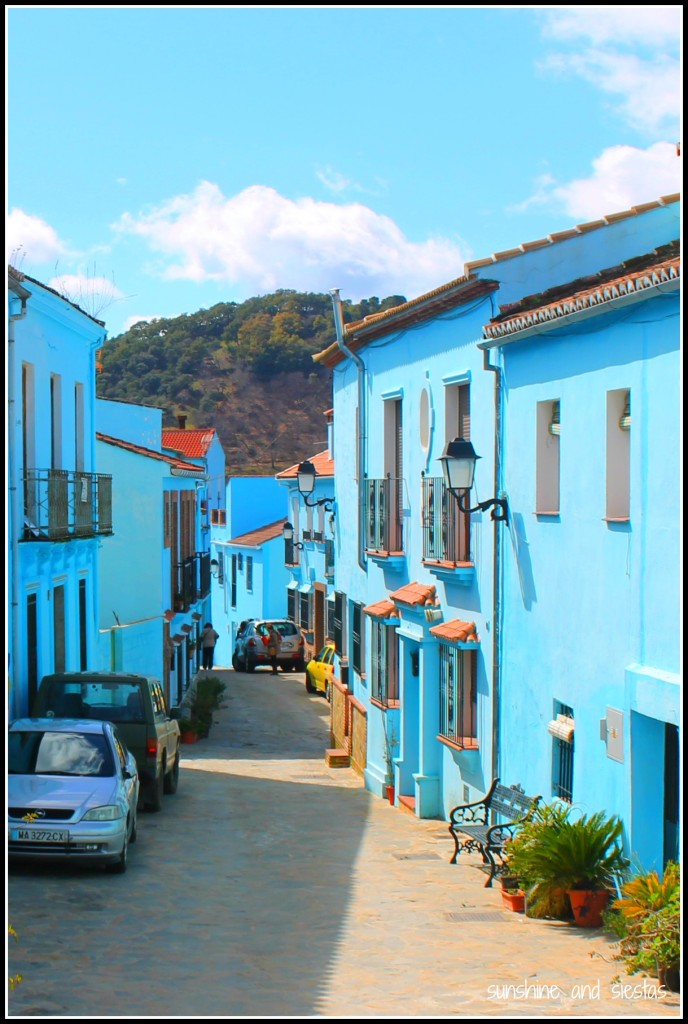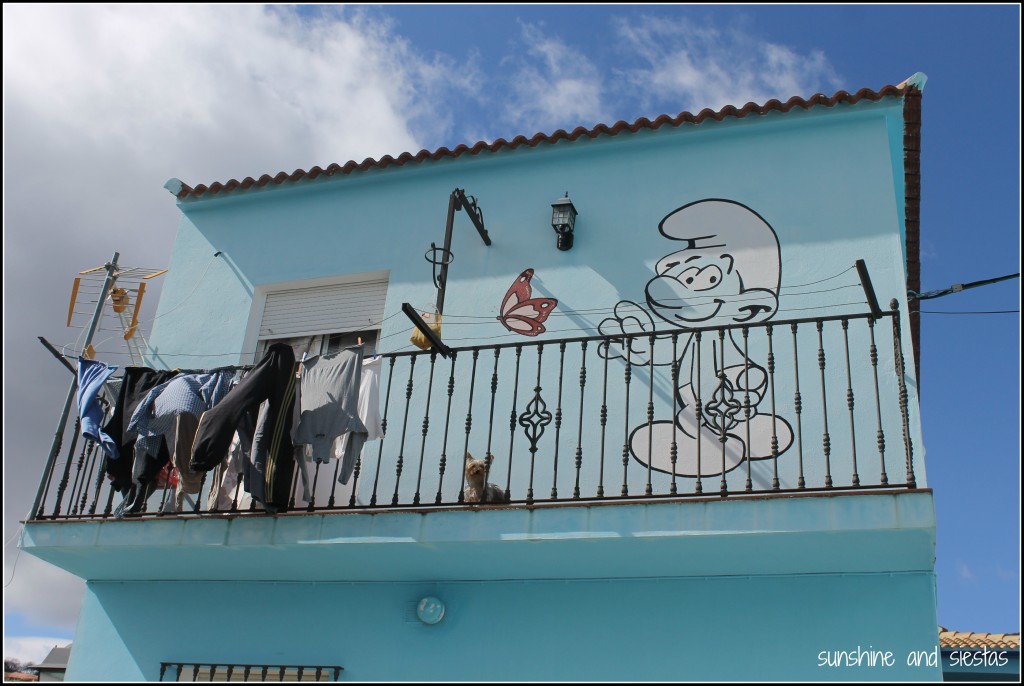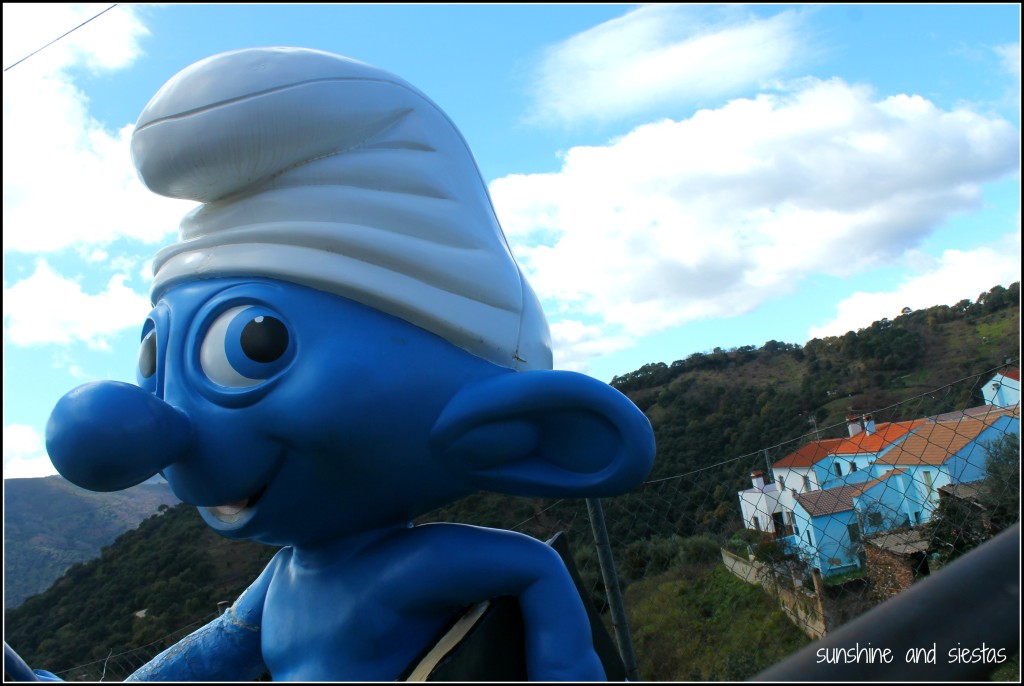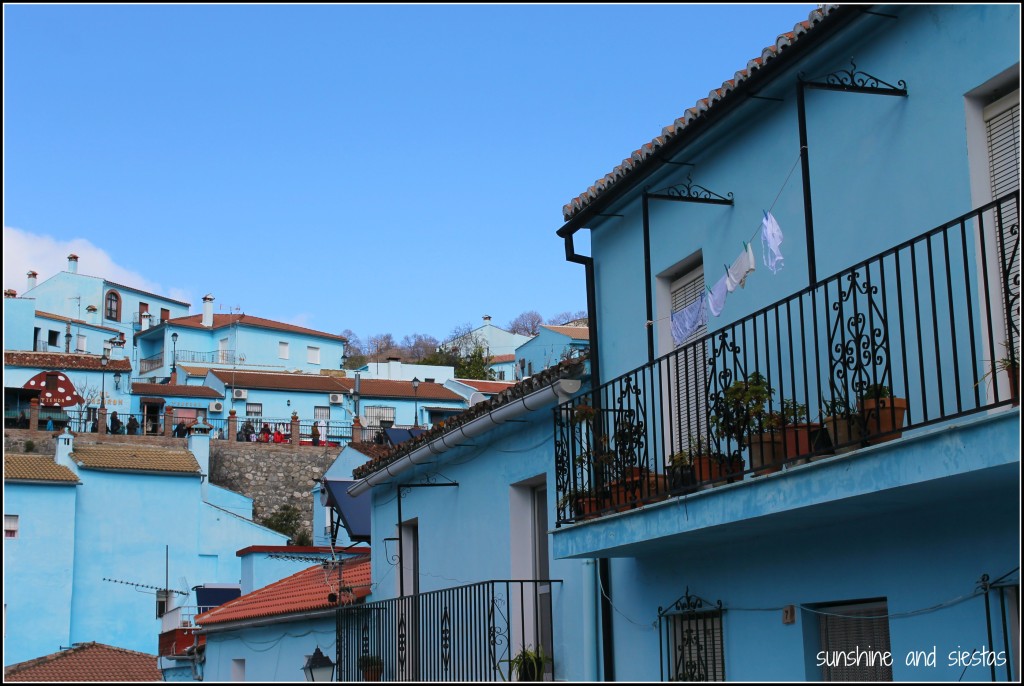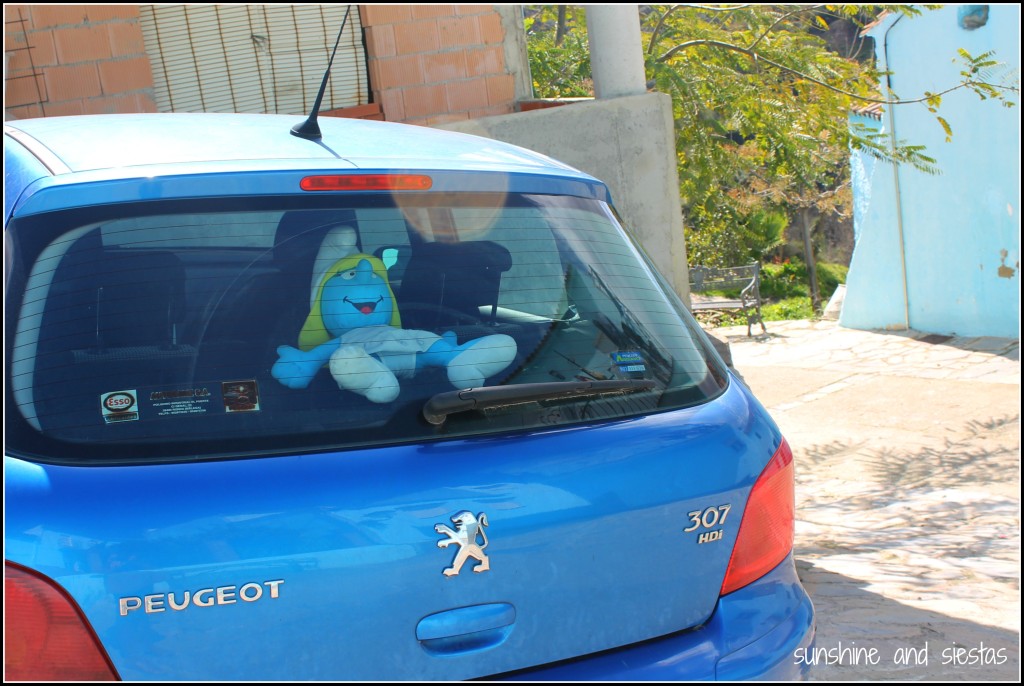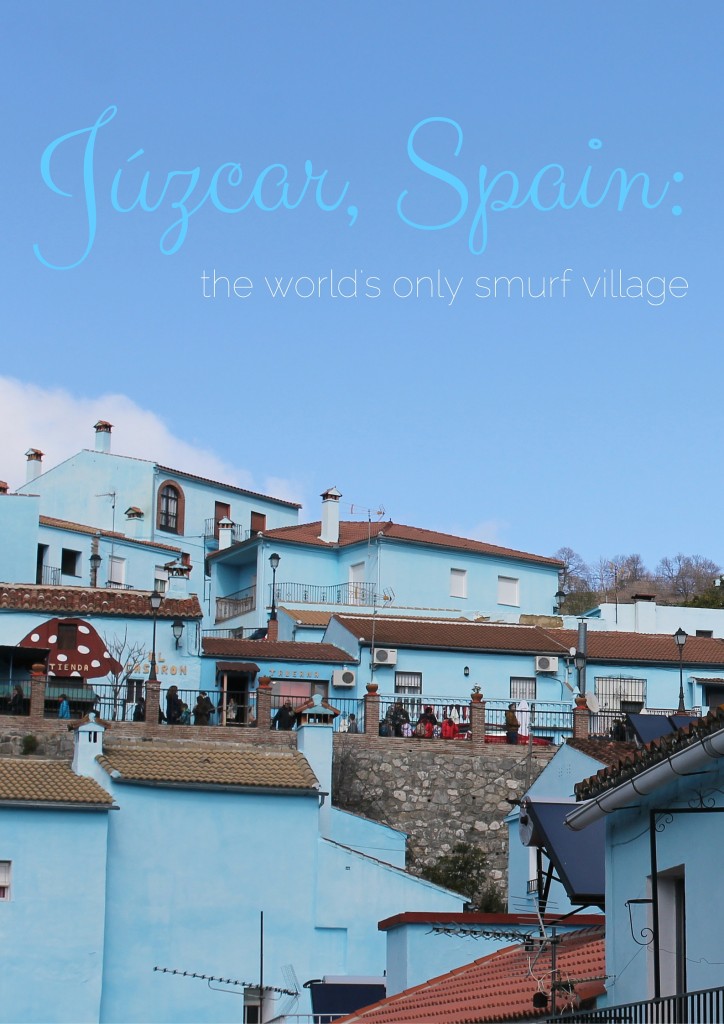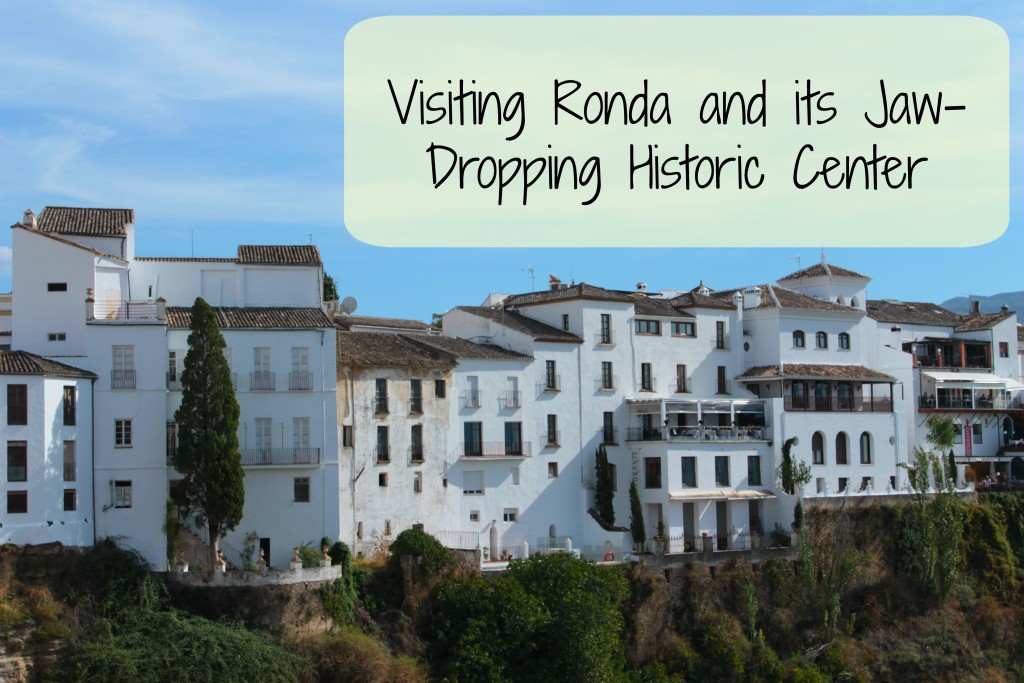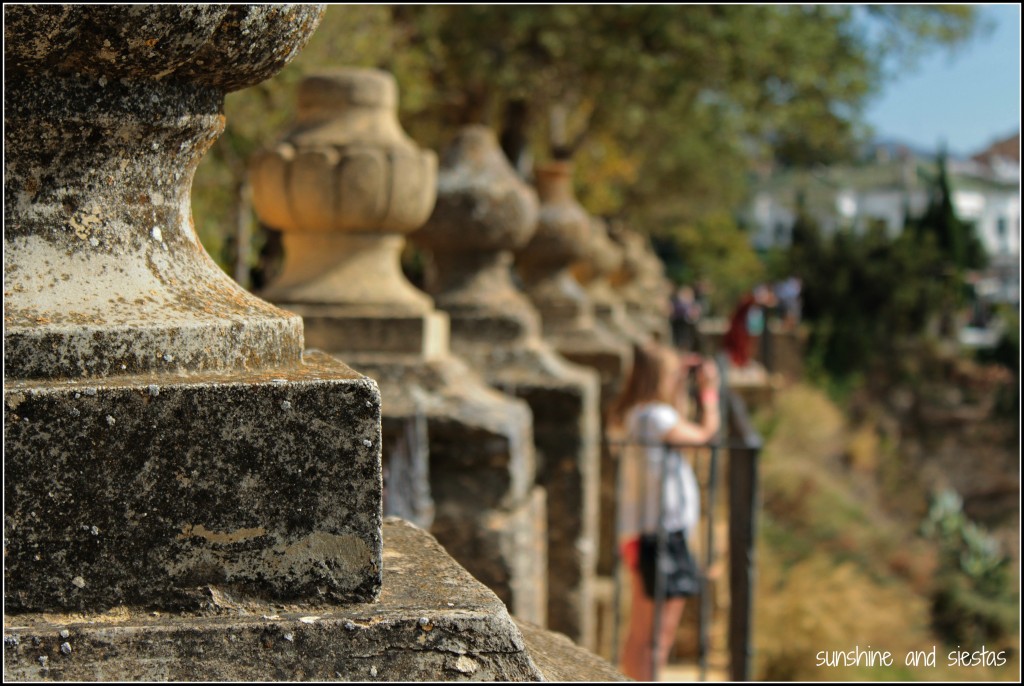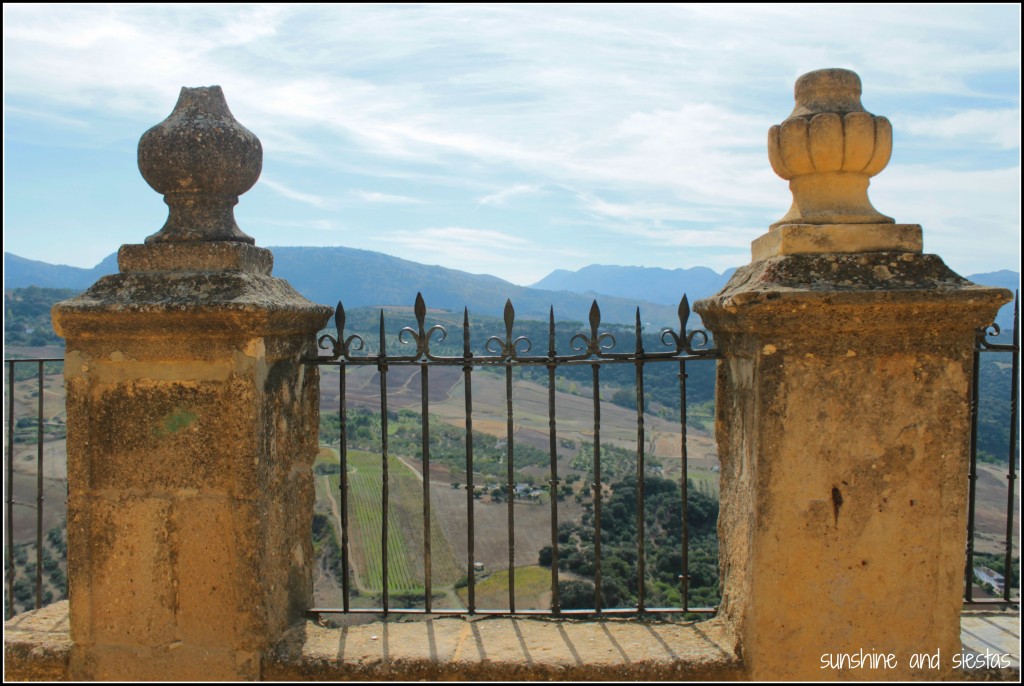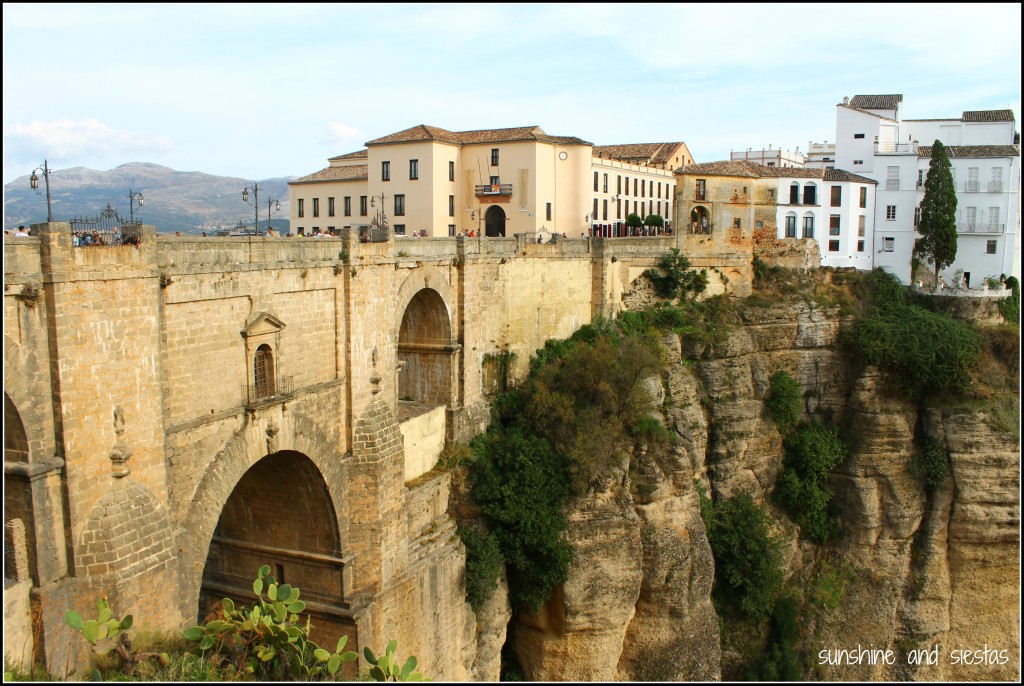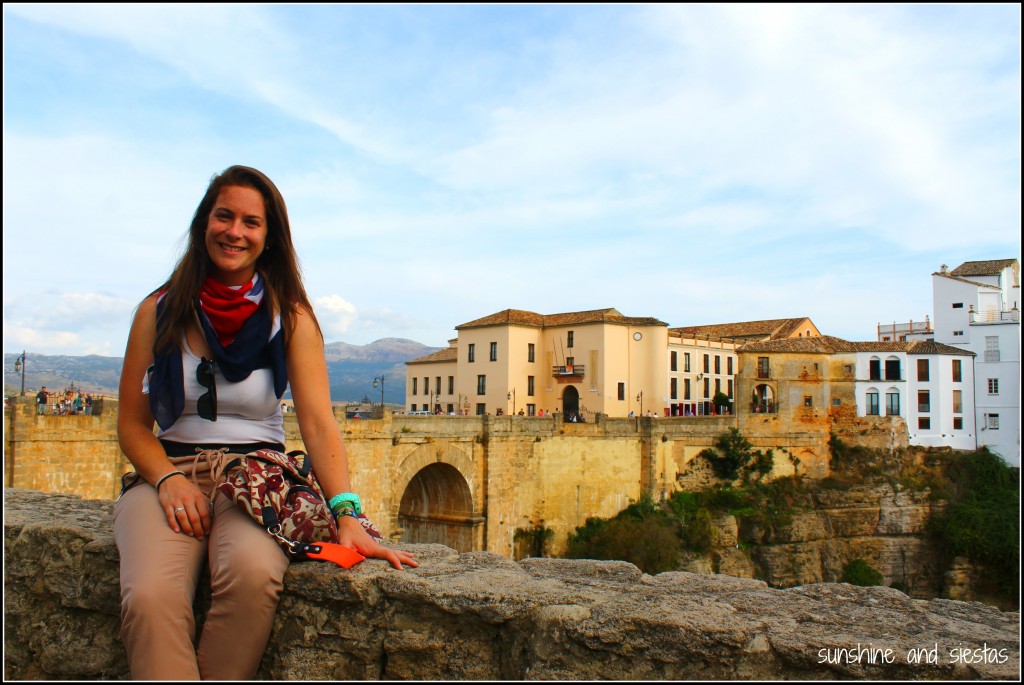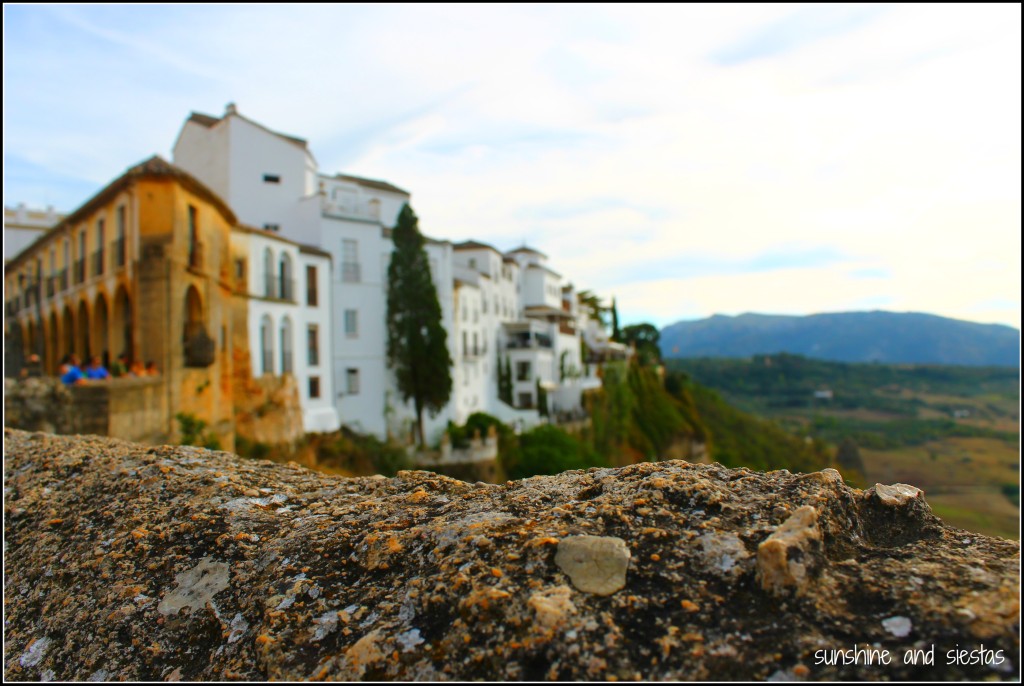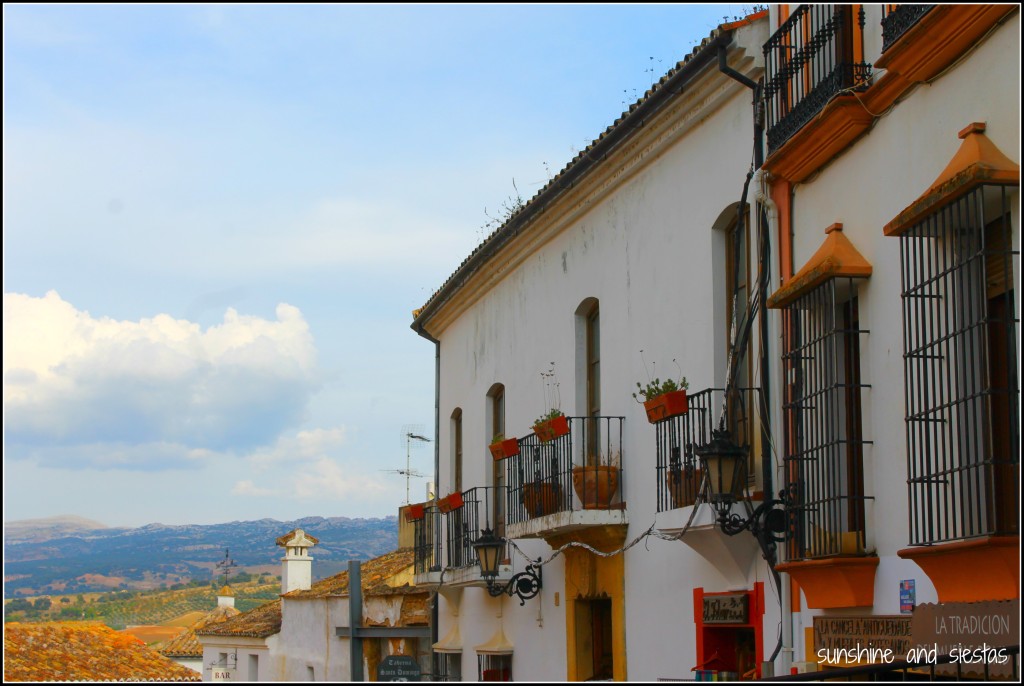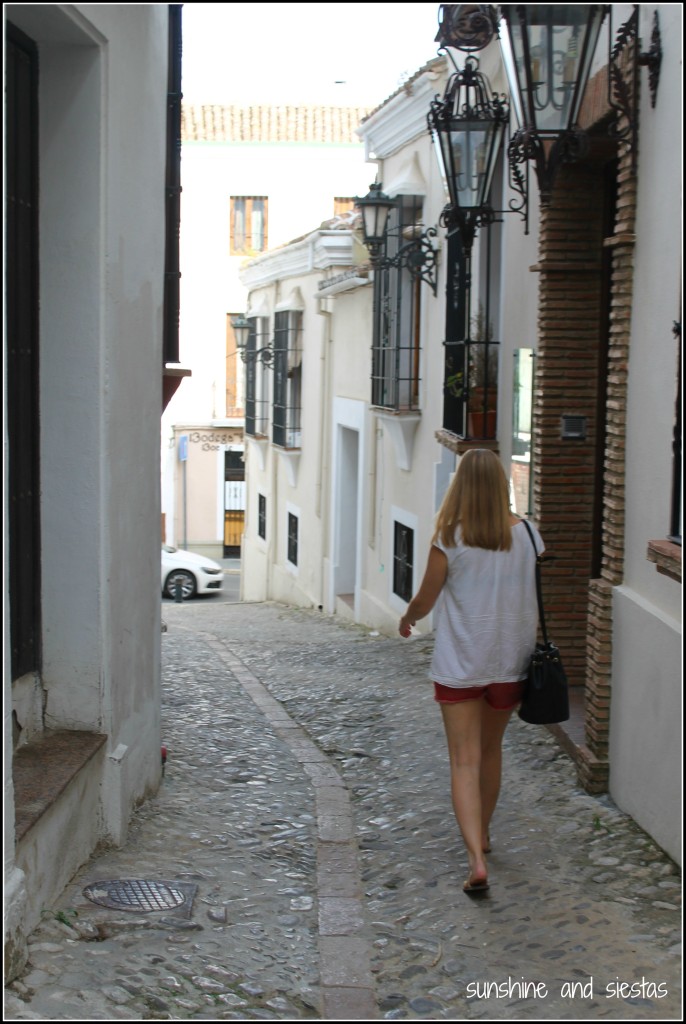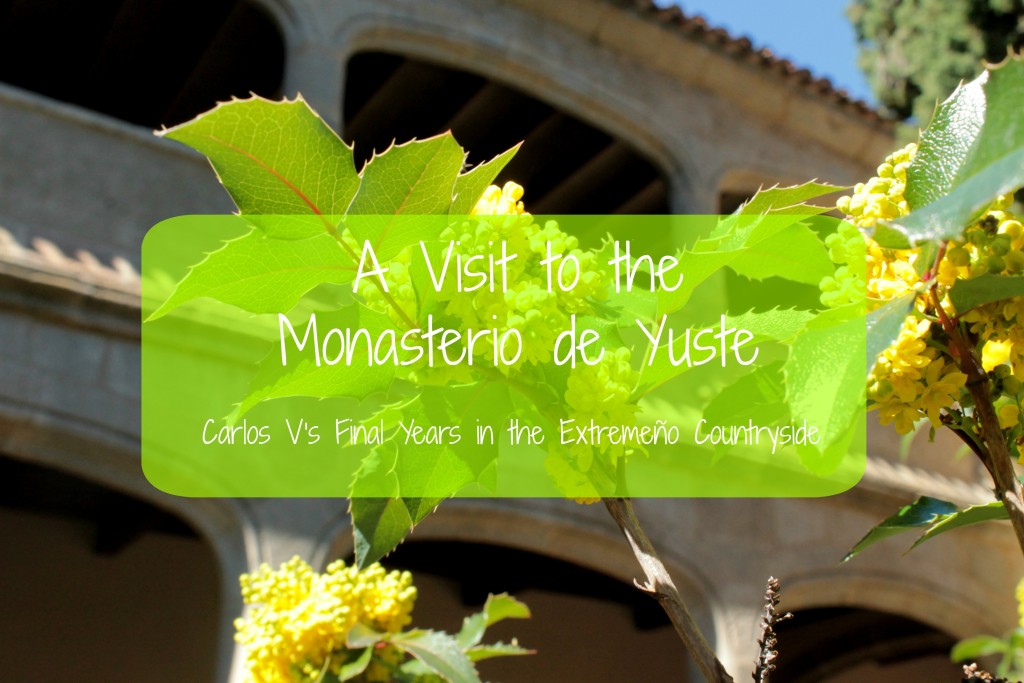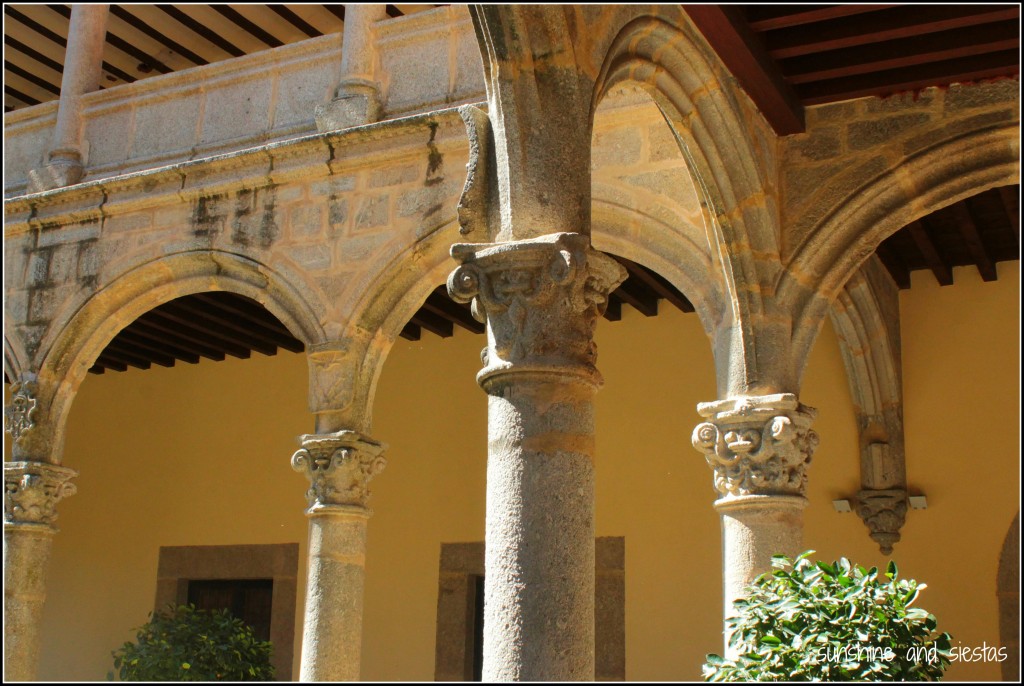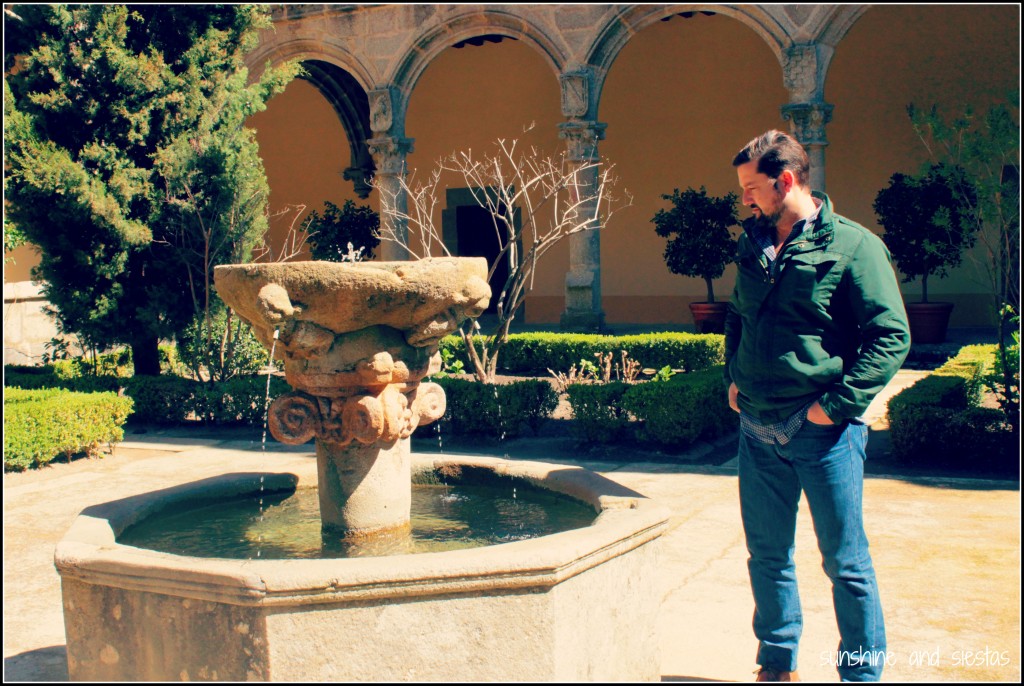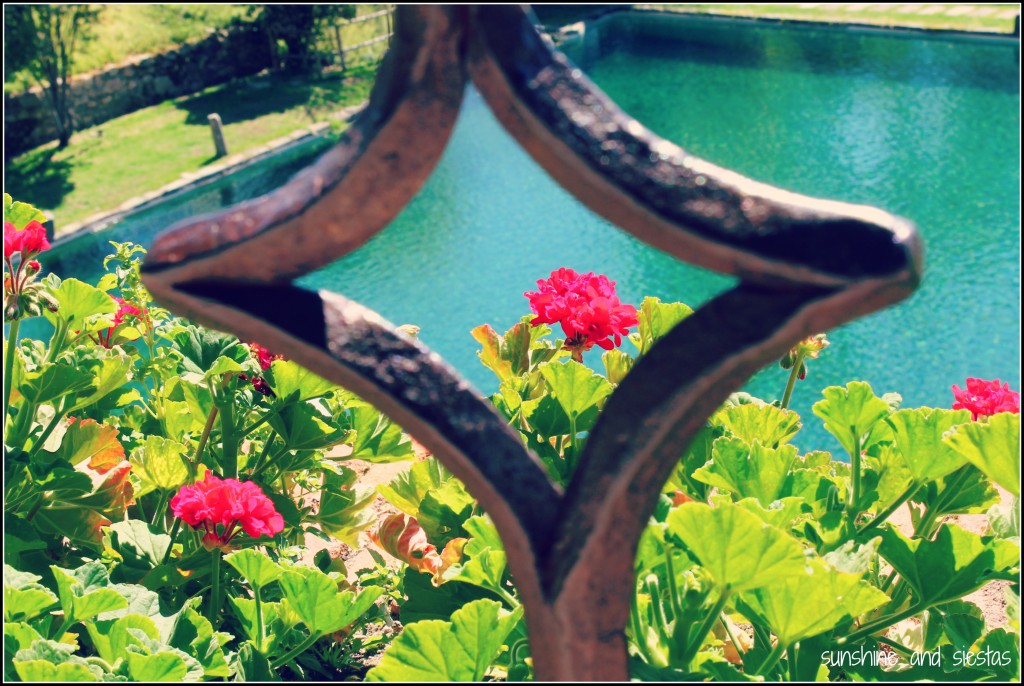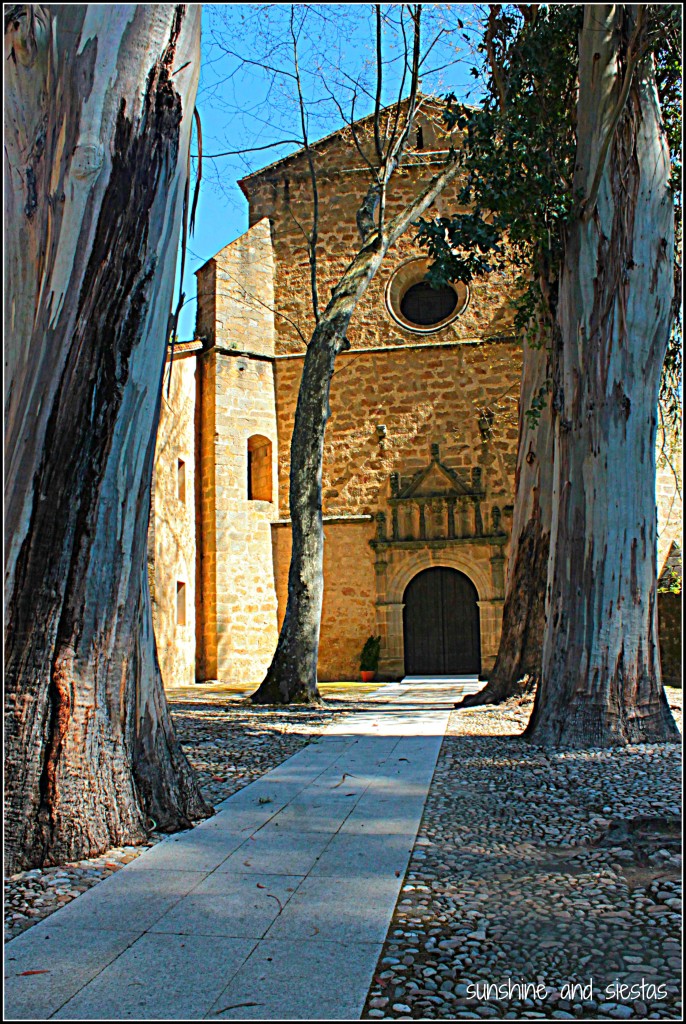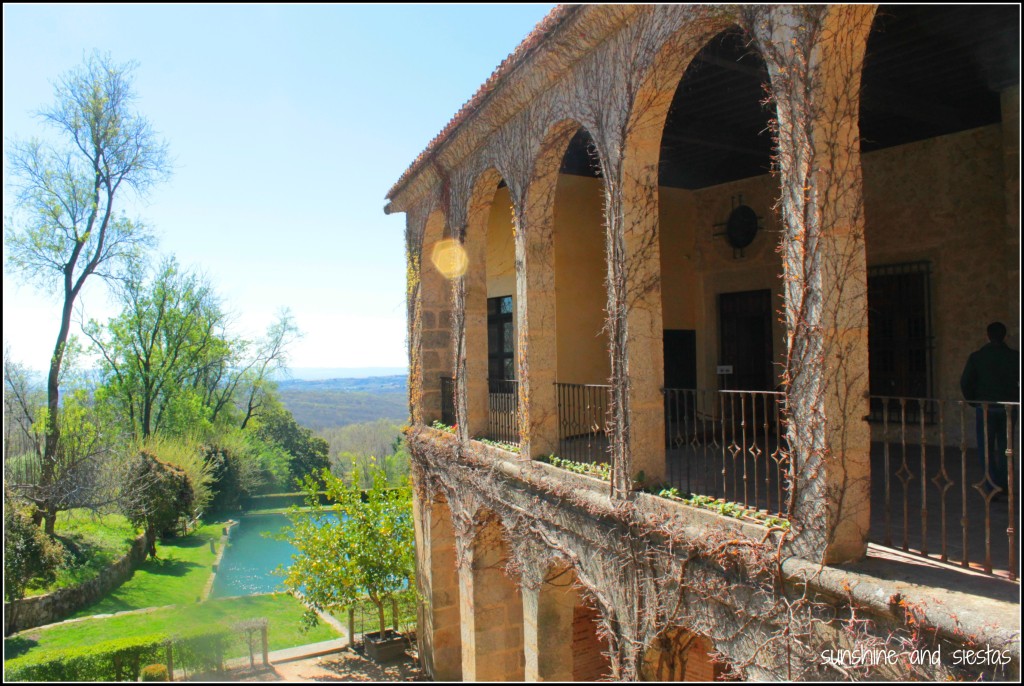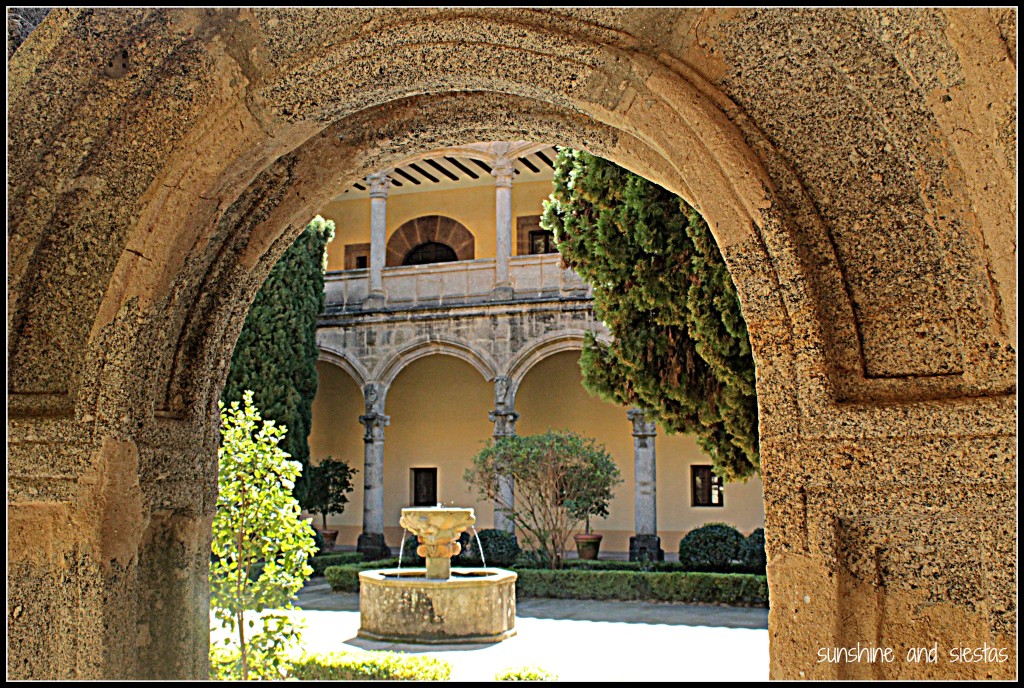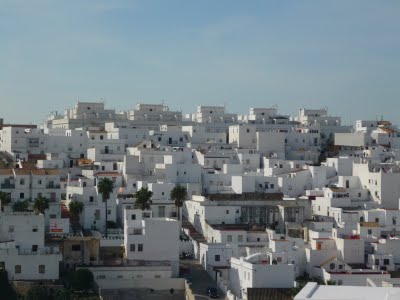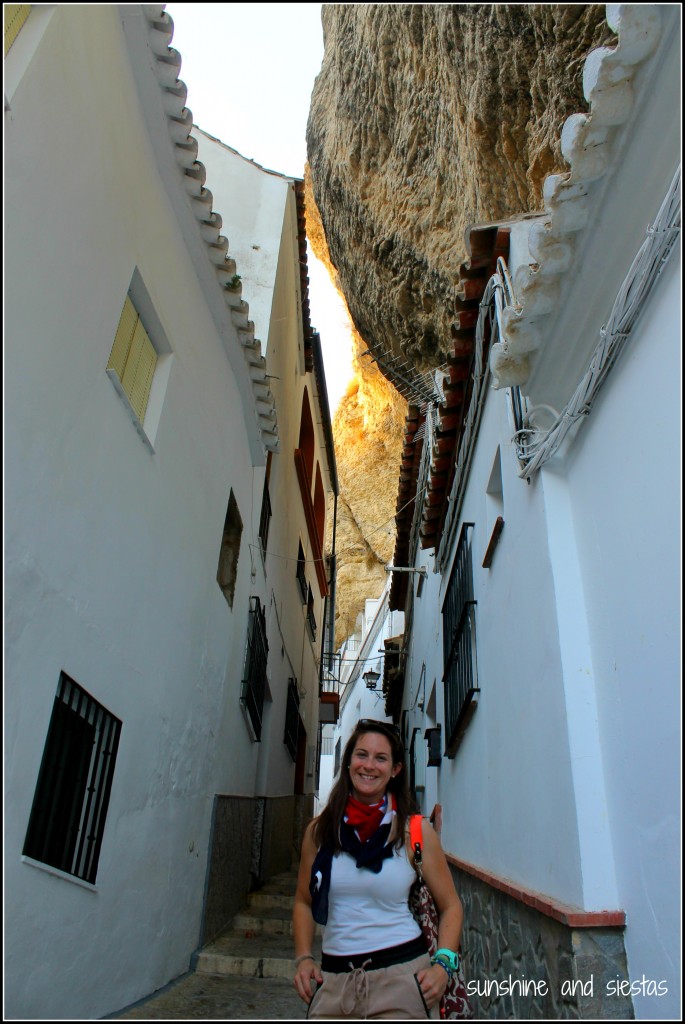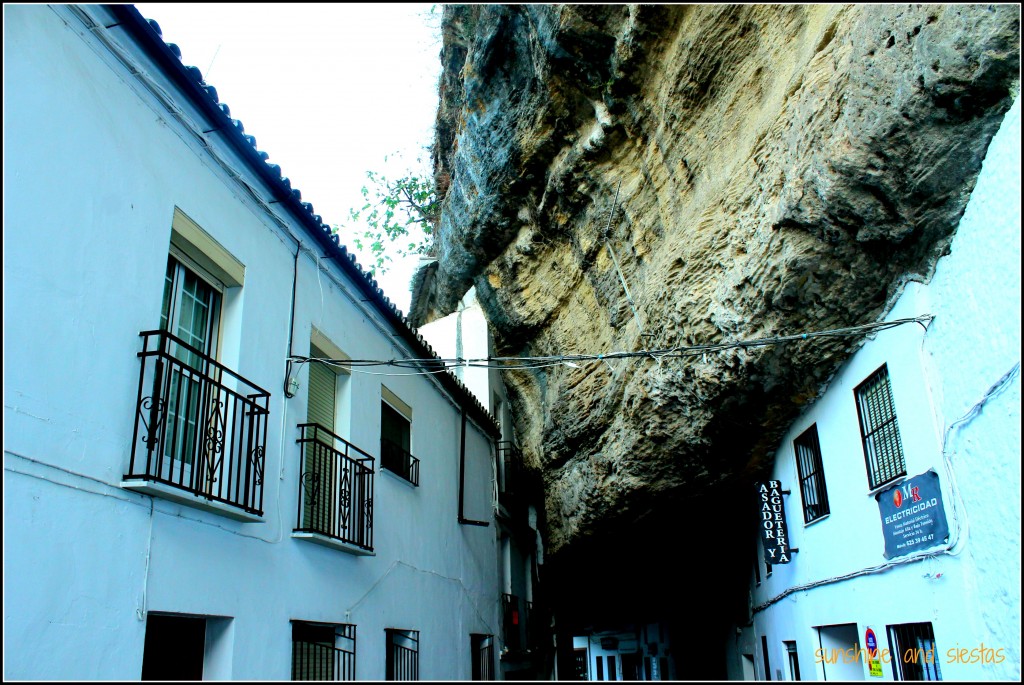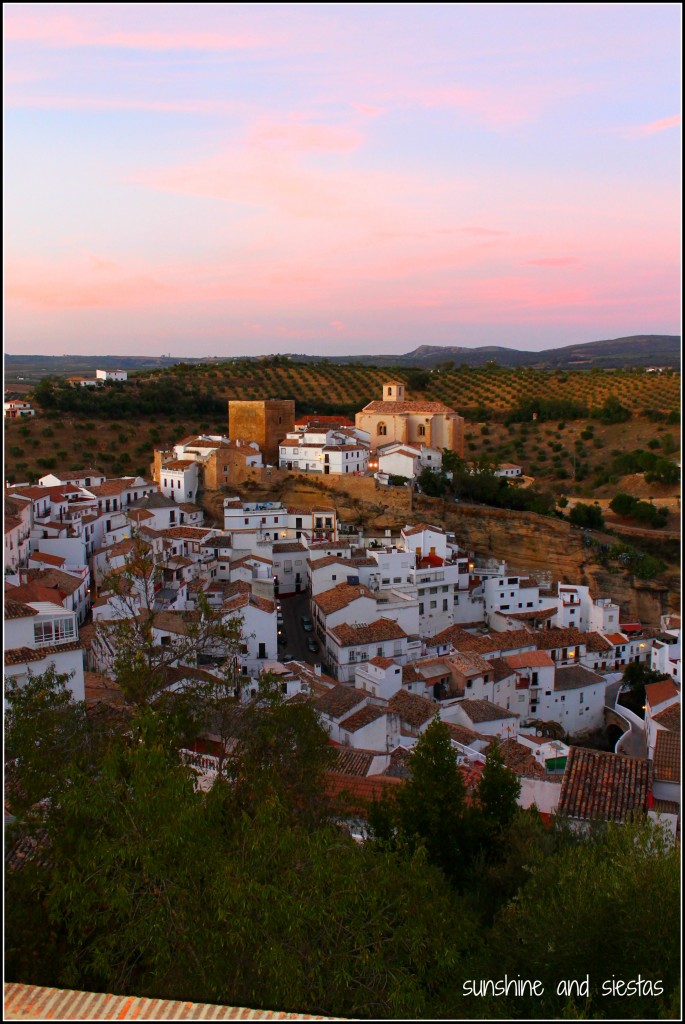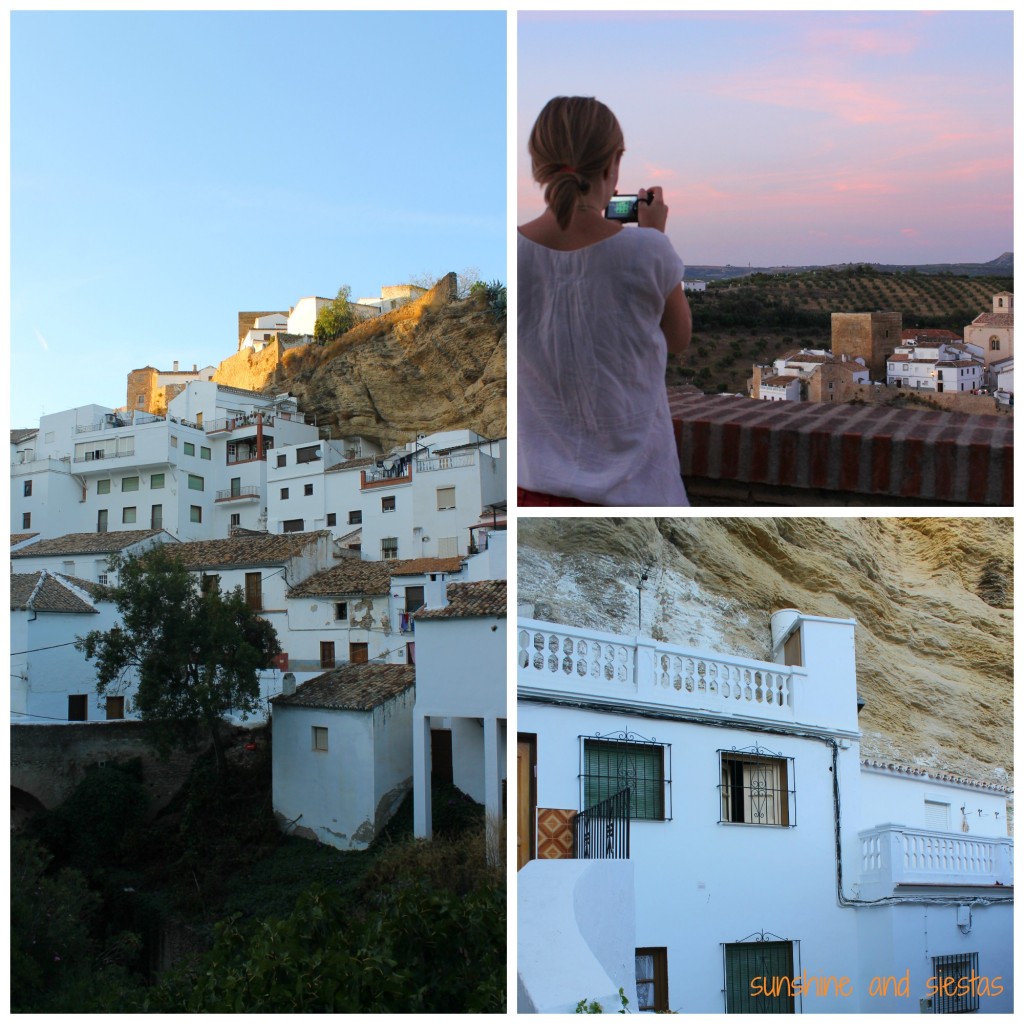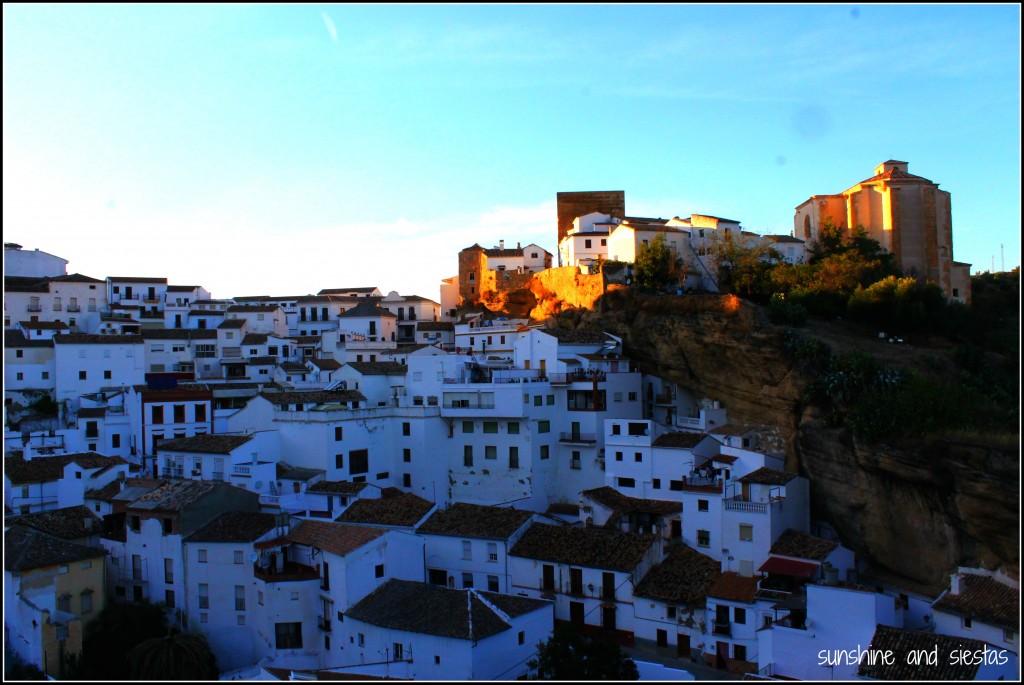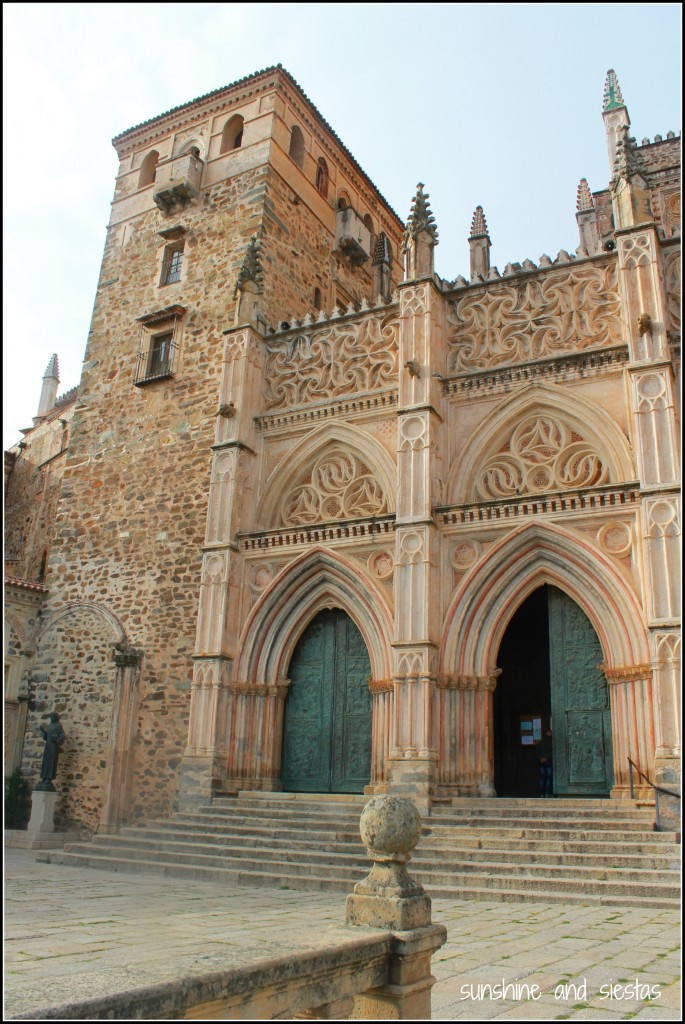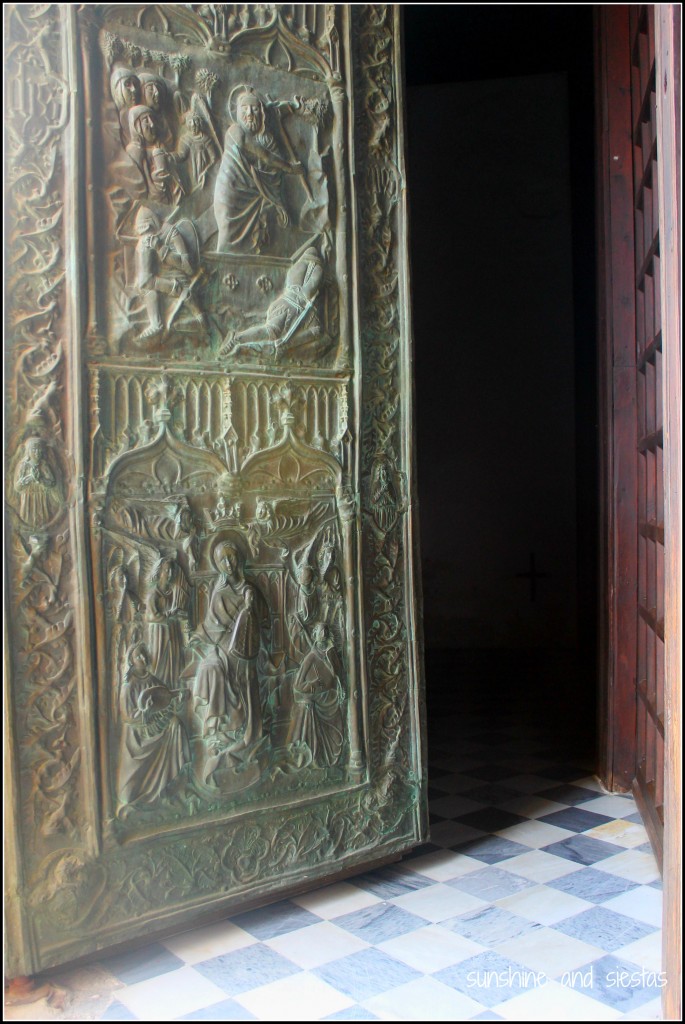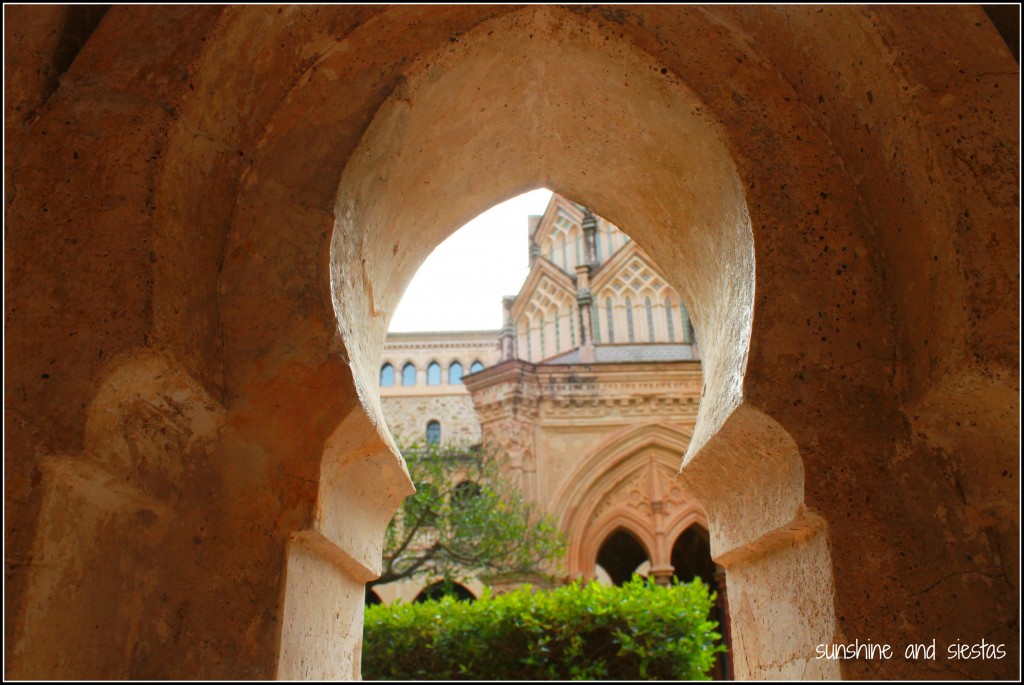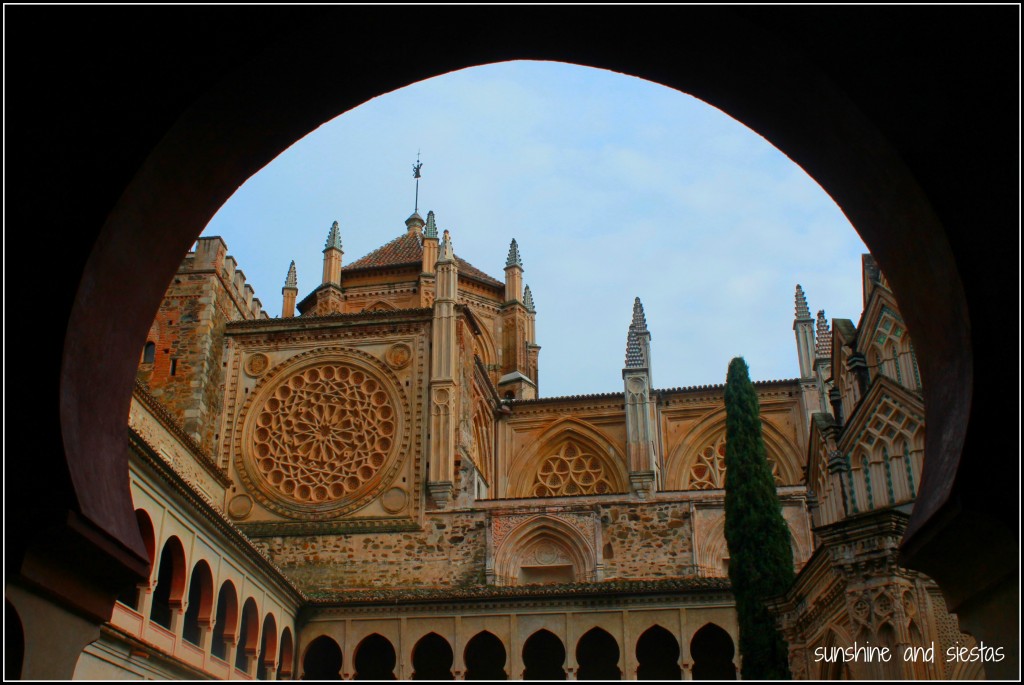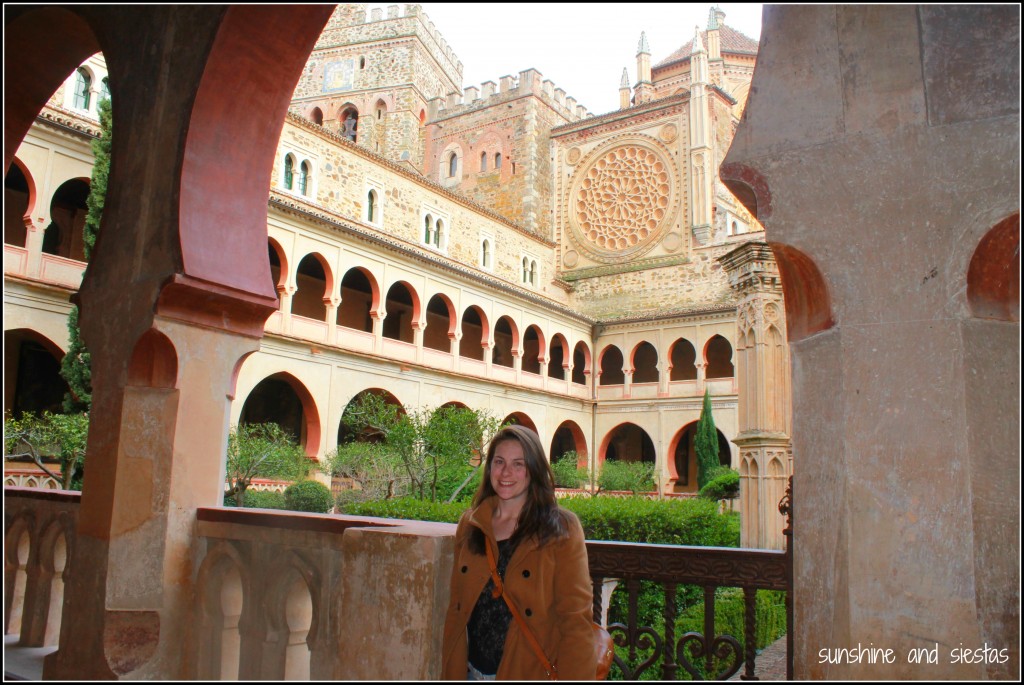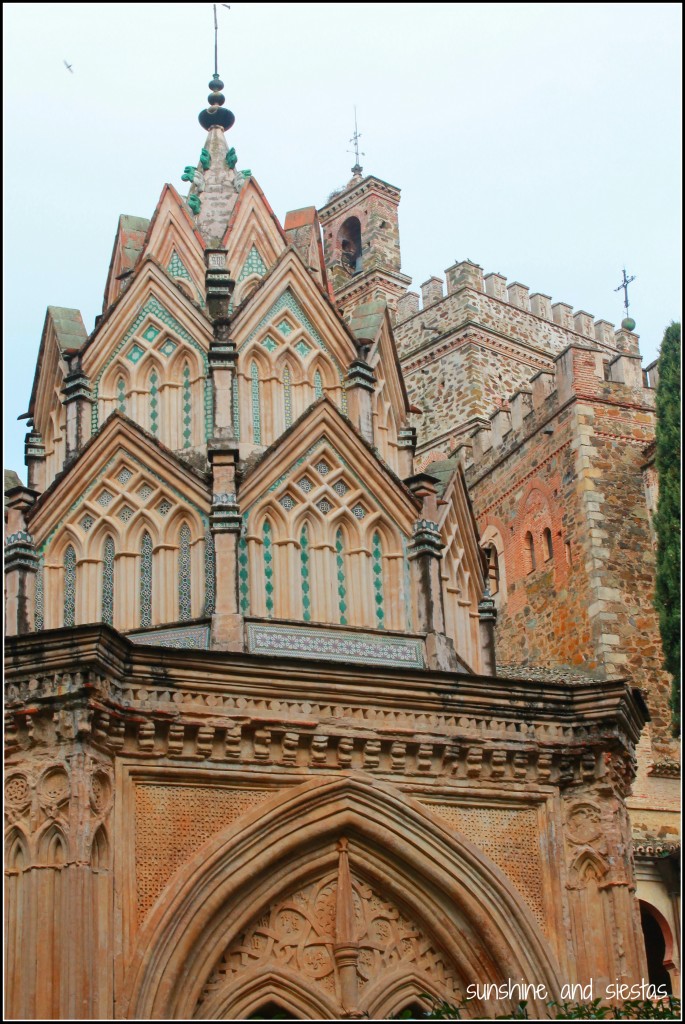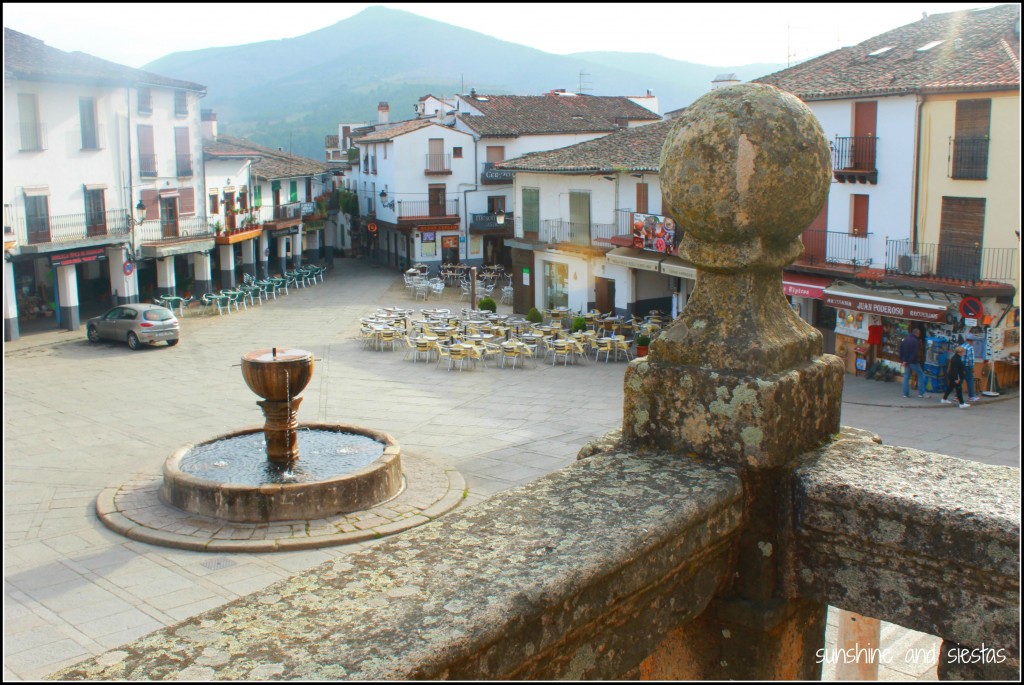When we returned to Western Asturias, where we took our babymoon, we had two things clear: we’d stay at Agustina and Angel’s guest house, la Casona del Faedo, and we’d let the baby mark our rhythms. Enrique would turn six months old during our sojourn, and as such, was on the verge of starting solids. He’d already earned his wings and had become a proven road warrior, so we were confident that he could handle a few nights of sleeping in a new place.
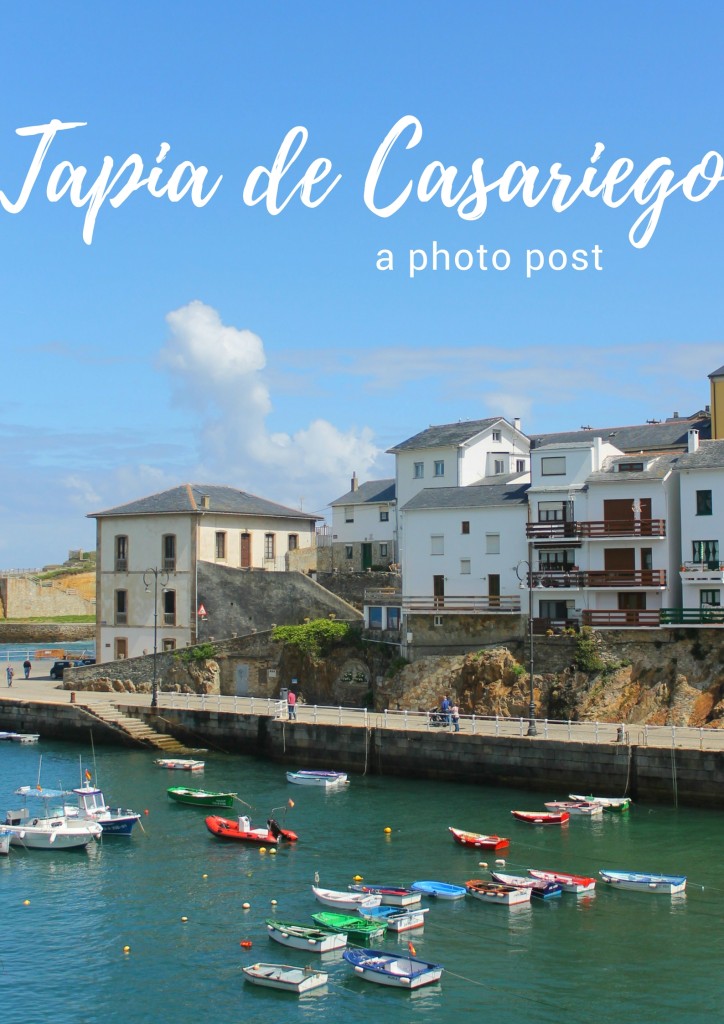
If it were up to Enrique, he’d wake up at 8am sharp. Wake up slowly, blinking in the morning sun that streams in, accompanied a damp breeze. A horse bellows in the distance as he balls his hands into fists and stretches them down towards his feet.
While the Novio refueled with a coffee and prepared a day bag, I fed the baby with one of Agustina’s cakes in hand, my back pressed up against a 19th Century headboard. The morning had dawned chilly but bright, the promise of a perfect day. Agustina wrapped up a few spongy squares of cake and pressed plums into our hands for the road.
Tapia de Casariego was within reach when I did the Camino de Santiago in 2013. Everyone raved about its picturesque port and laid-back surf town vibe. Just like that July day four years prior, the weather would have been perfect for a diversion back up to the coast instead of dipping down to A Caridad; four Julys later, I had convinced the Novio to spend a morning before taking the baby to Playa de las Catedrales during low tide that evening.
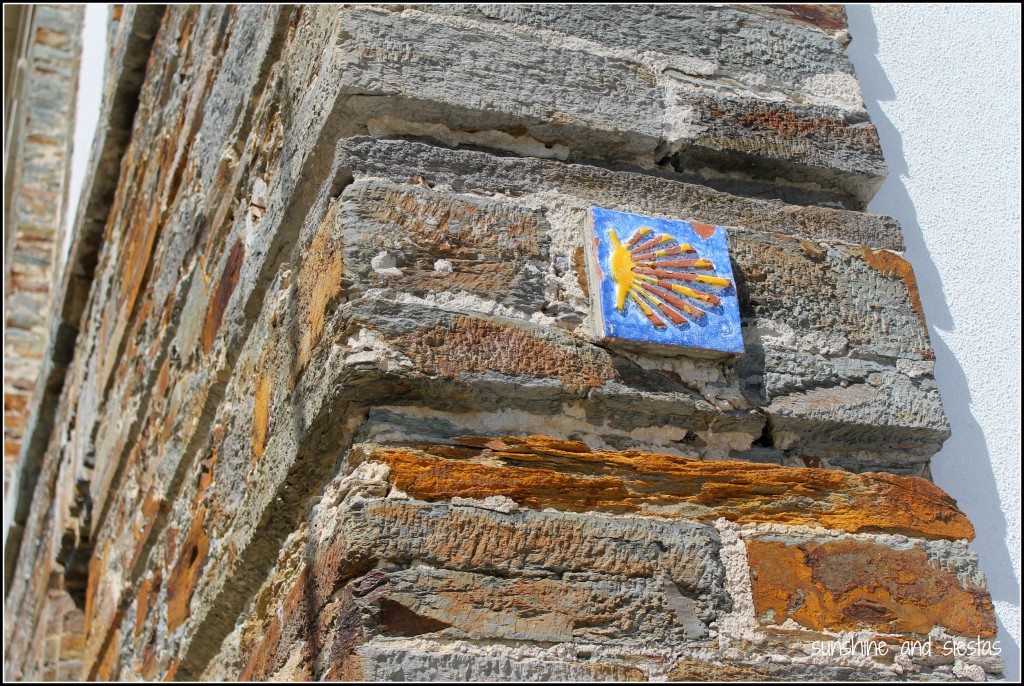
The familiar yellow shell met us as soon as we’d parked the car and steered ourselves into the main square. A sea breeze lifted off the peninsula and swept through the sleepy center of a town that thrives on fishing, agriculture and tourism. There was little more than the requisite church, one which channeled Tenerife’s temples, and a few shops, still shuttered in the early morning.
We wound around the steep streets of the fisherman’s barrio, a mismatch of humble homes that fans out over an isthmus, stopping to have a beer right at noon next to the small port.
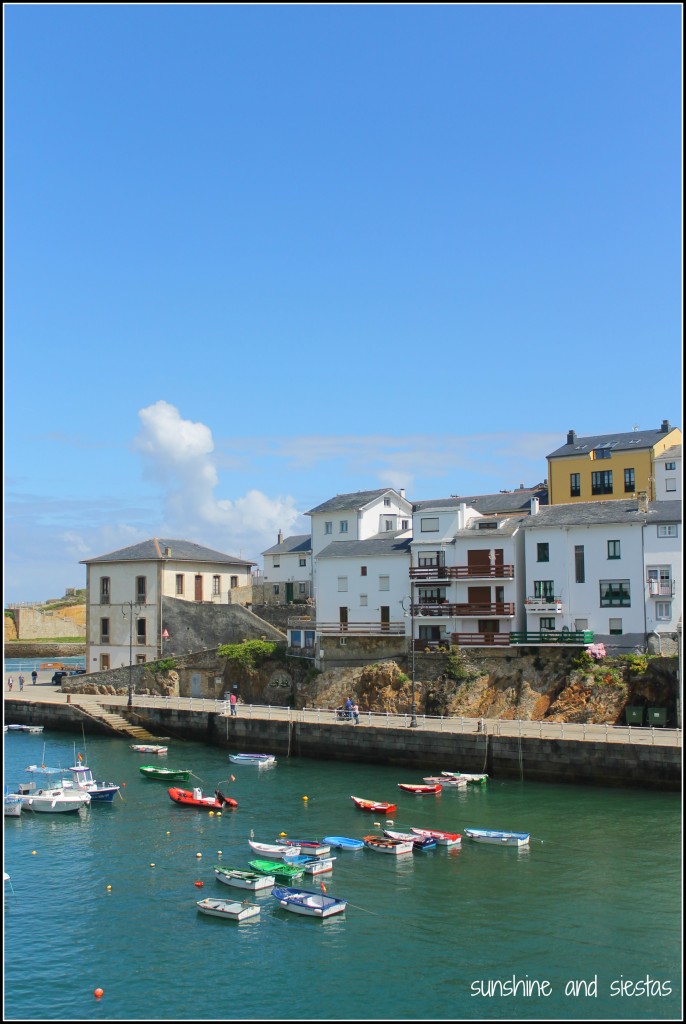
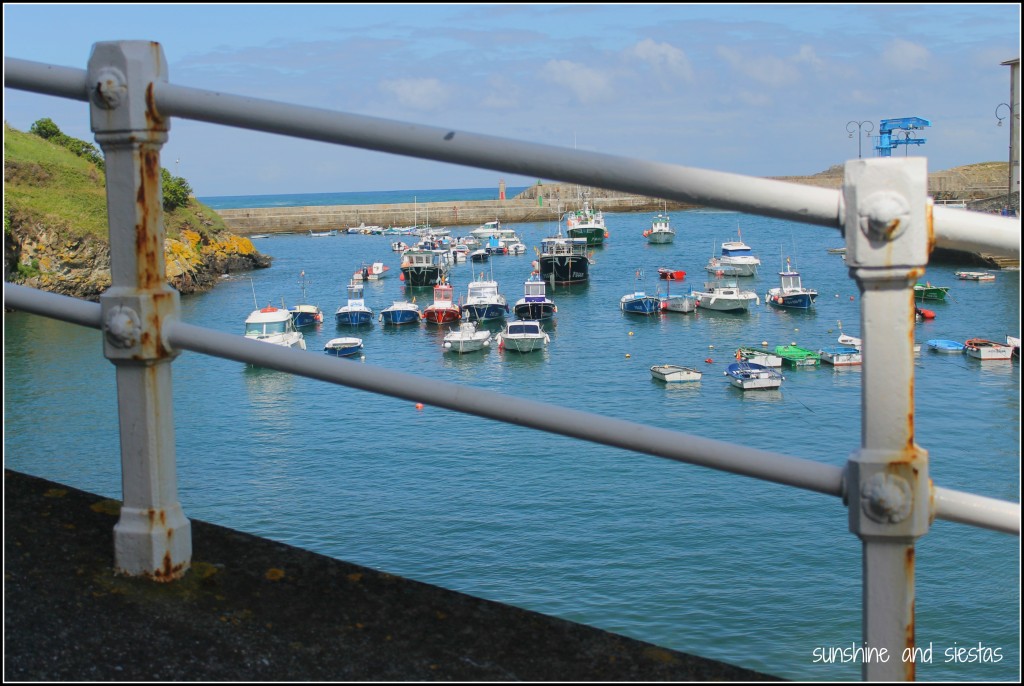
Yep, it’s as picturesque as they say.
Rather than the packed ports at Luarca and Cudillero, Tapia’s humble puerto boasted less boats and of those there, not one screamed luxury or even a fresh coat of paint.
I have come to realize that I need a body of water to feel calm and full. Being from the landlocked Midwest, even a river will do. But a bustling little port with cheap beers and sunshine? Sold. One hundred times sold.
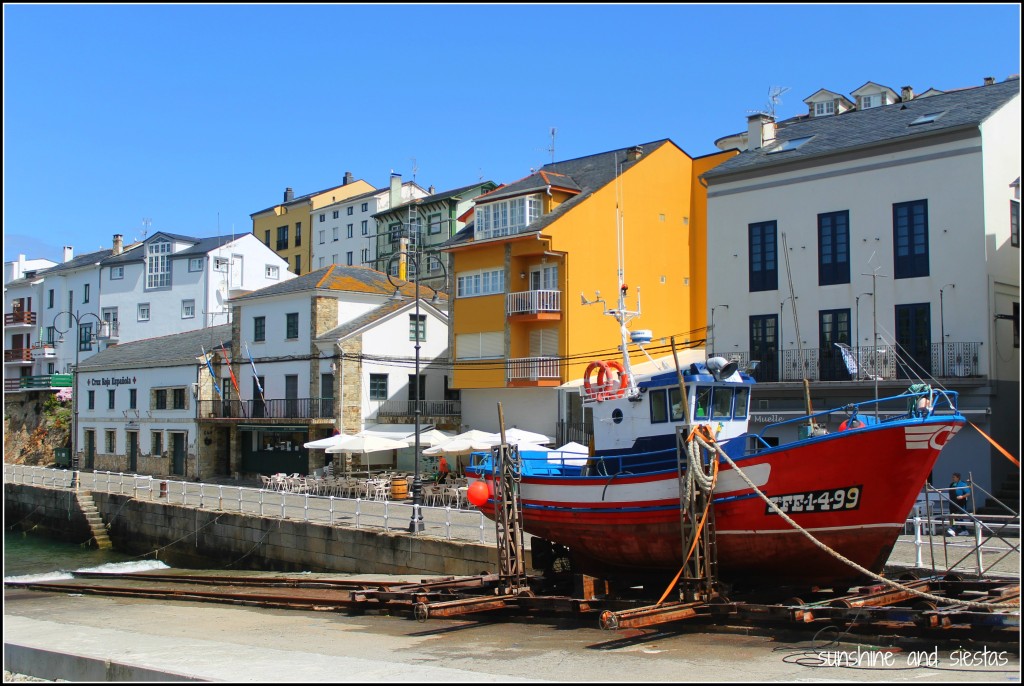
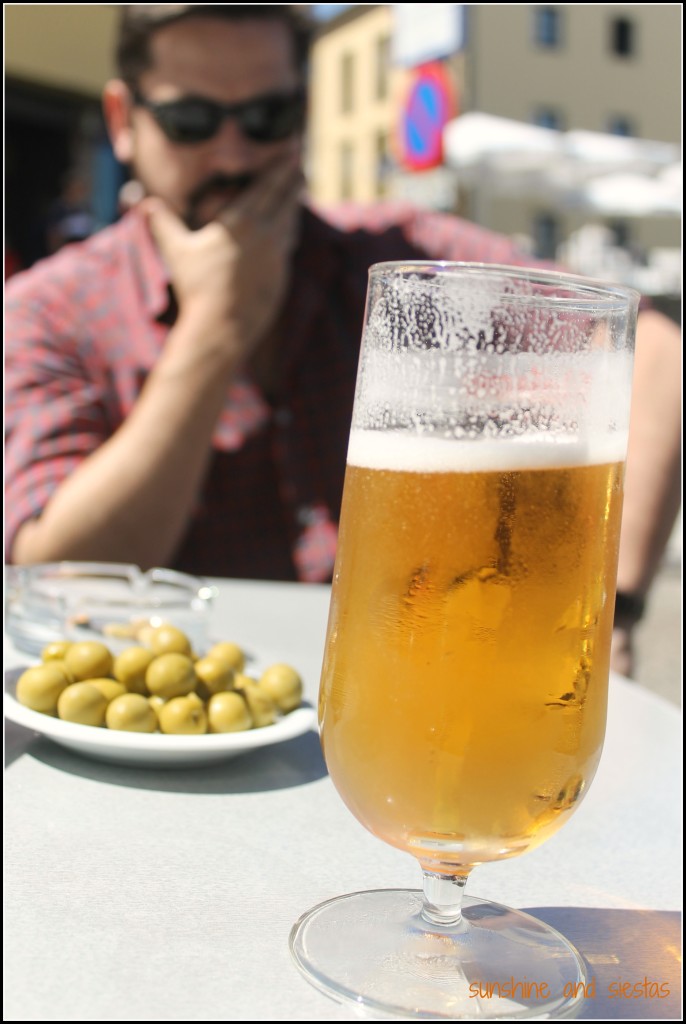
Most of Asturias’s festivals fall in July around the Virgen del Carmen feast day on July 13th, and Tapia treated us to a small parade, complete with a doll-sized Virgen Mary that would eventually be floated out to sea. The drums and bagpipes called Enrique’s attention, and he squirmed in my arms, grinning.
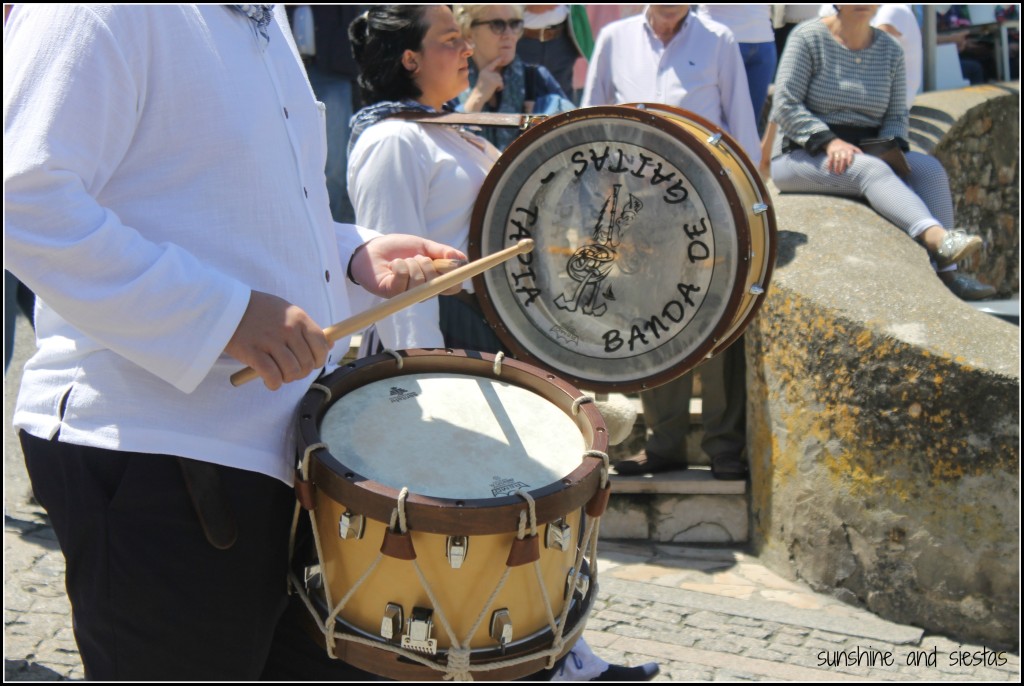
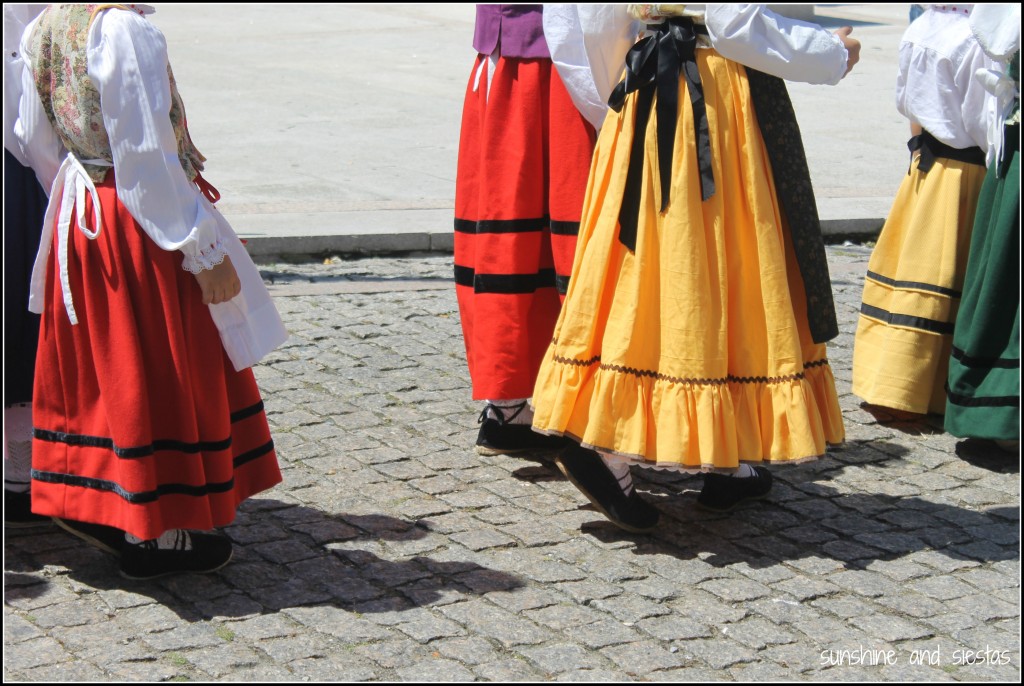
Traveling with a baby is…different.
Gone are the lie ins and leisurely lunches; the lack of planning, non-existent.
But the beauty lies in the little moments, in his discovery of a new place, a new flavor, a new feeling. We took Enrique down to the Entreplayas beach, littered with treasures of the low tide. Stripping off his cloth shoes, he gingerly set his toes in the damp sand, squealing with toothless delight.
I slipped off my sandals, resting them on a rock beside the baby’s, and rolled up my jeans. As the cold water rushed in, he curled his toes and shuddered before breaking out into his laugh.
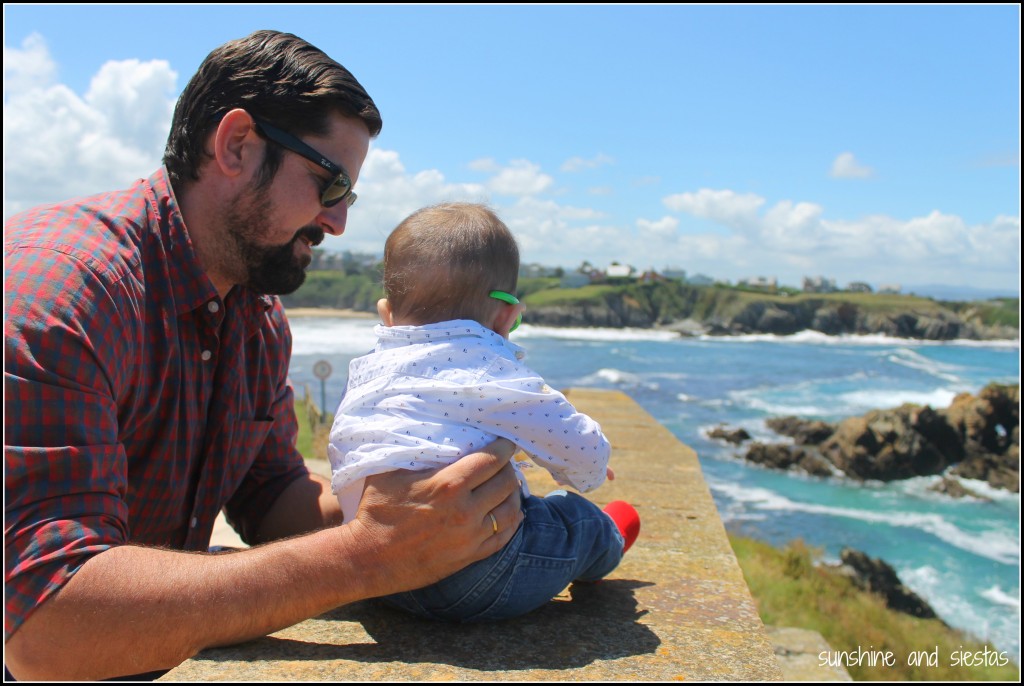
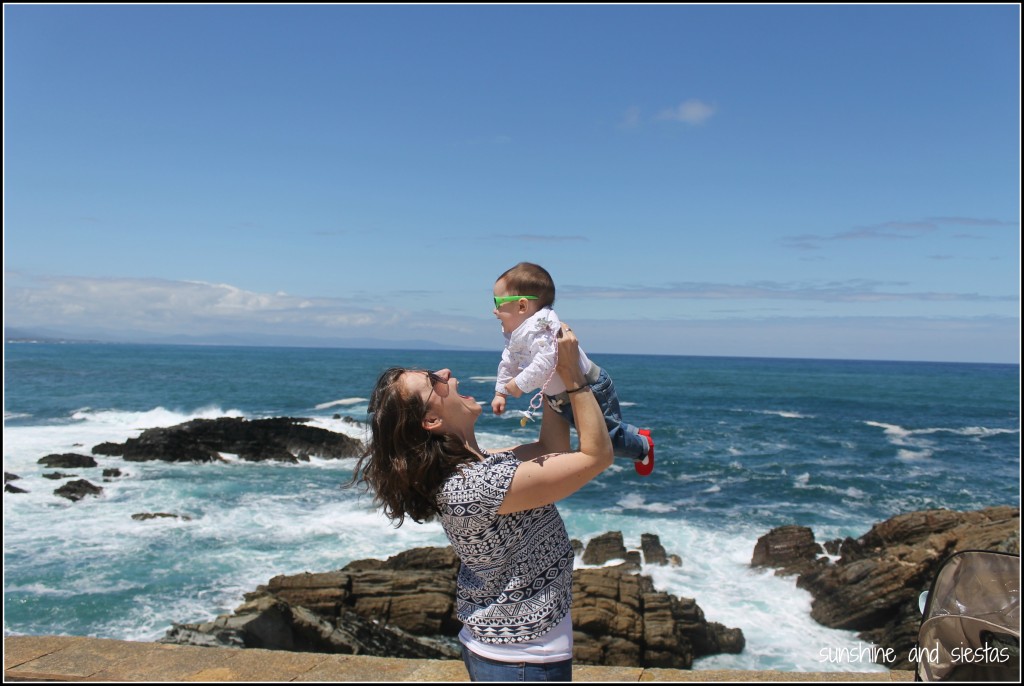
Following the Novio’s cousin’s spot-on recommendations for food, we made a reservation at La Terraza, a long-standing cider house in the heart of the village. Being just a few kilometers from the River Eo, which separates Asturias and Galicia, we had the pleasure of a menu that included both – and we went full-on Galicia with raxo, pulpo a la feira and a salad drizzled with escabeche.
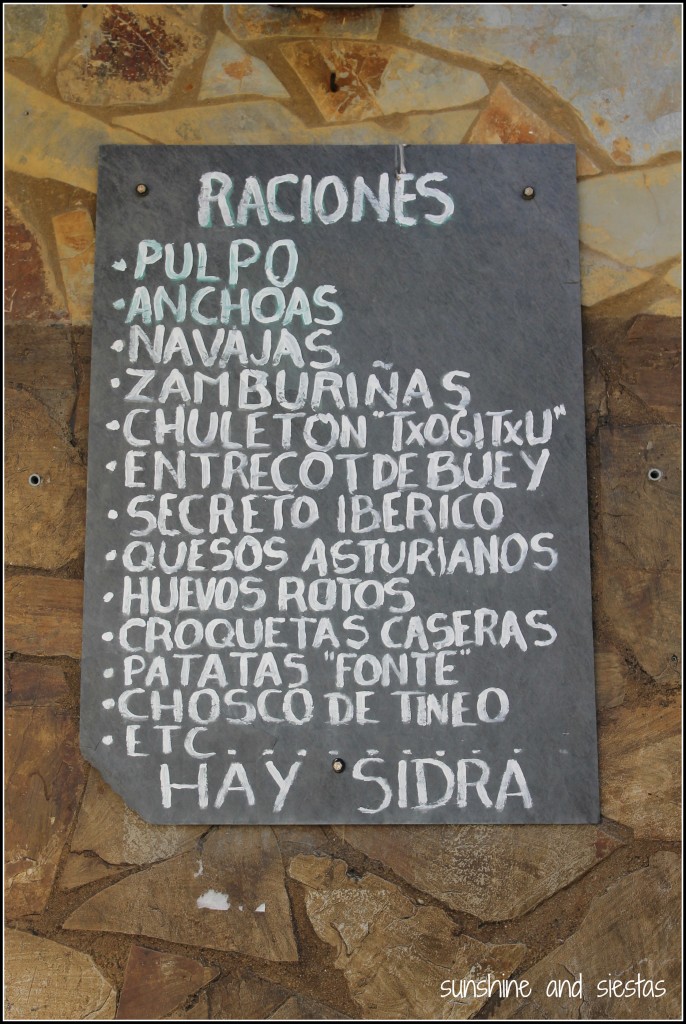
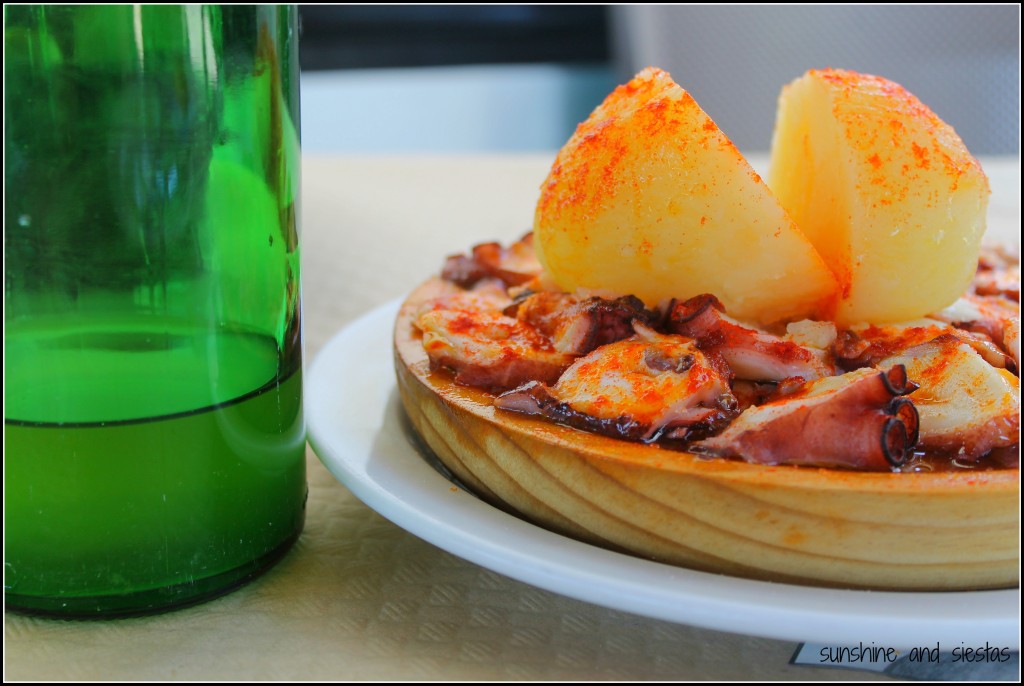
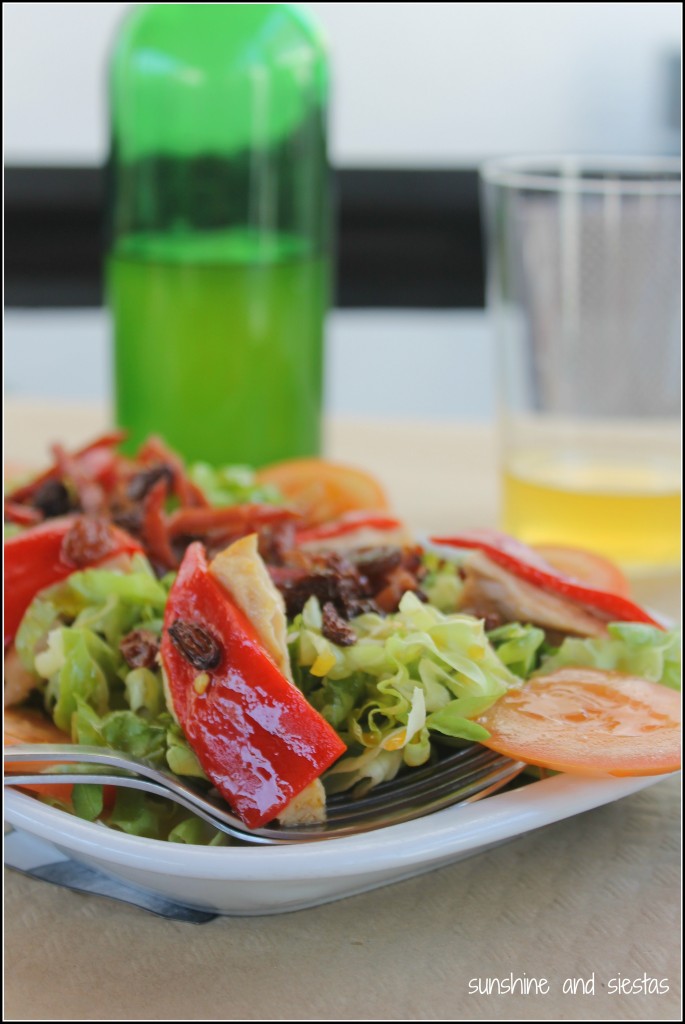
And, as always, no faltó la cidrina, the Asturias habit we can’t seem to break. Enrique snoozed in his stroller, obviously to our cider-fueled laughter and clinking glasses.
Even though the day was only halfway over, it was the broche de oro on baby’s first trip.
Have you ever been to Western Asturias? We’re planning on making it our thing and would love tips! Be sure to check out La Casona del Faedo near Cudillero and my tips for an Asturias roadtrip!

